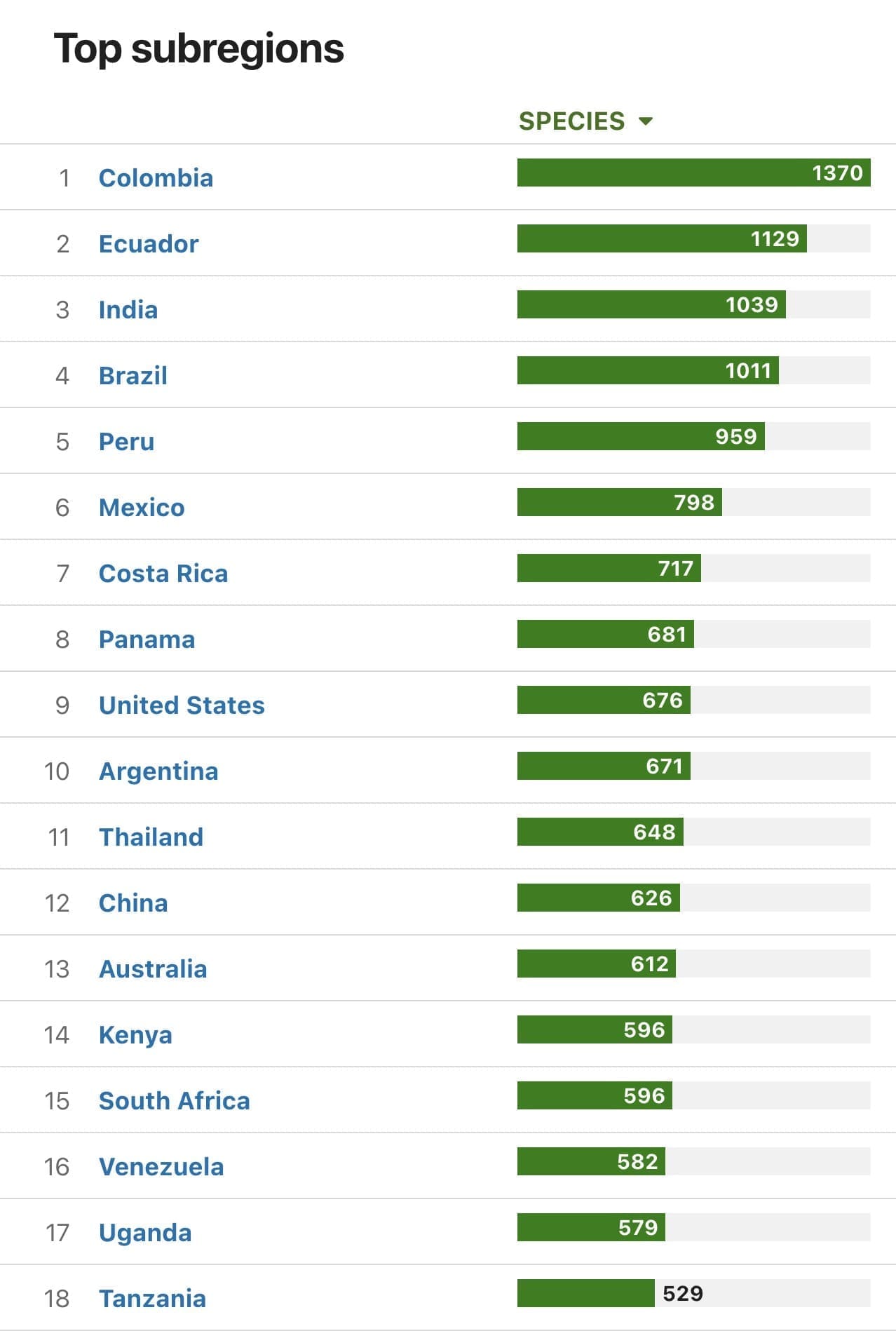2024 Final Results
Breaking Records for the Birds
Each year we think we’ve reached the ceiling in terms of the numbers of people who will spend at least 15 minutes (usually more) watching, celebrating, and reporting their birds for GBBC—and each year you surprise us! Collectively, we found 7,920 species of the world’s known species. Hundreds of countries and subregions came together to share bird sightings. Thank you to everyone who shared in the joy of birds with us! We devote this summary of the 2024 global four-day event to you. Be proud of all we have accomplished, together.
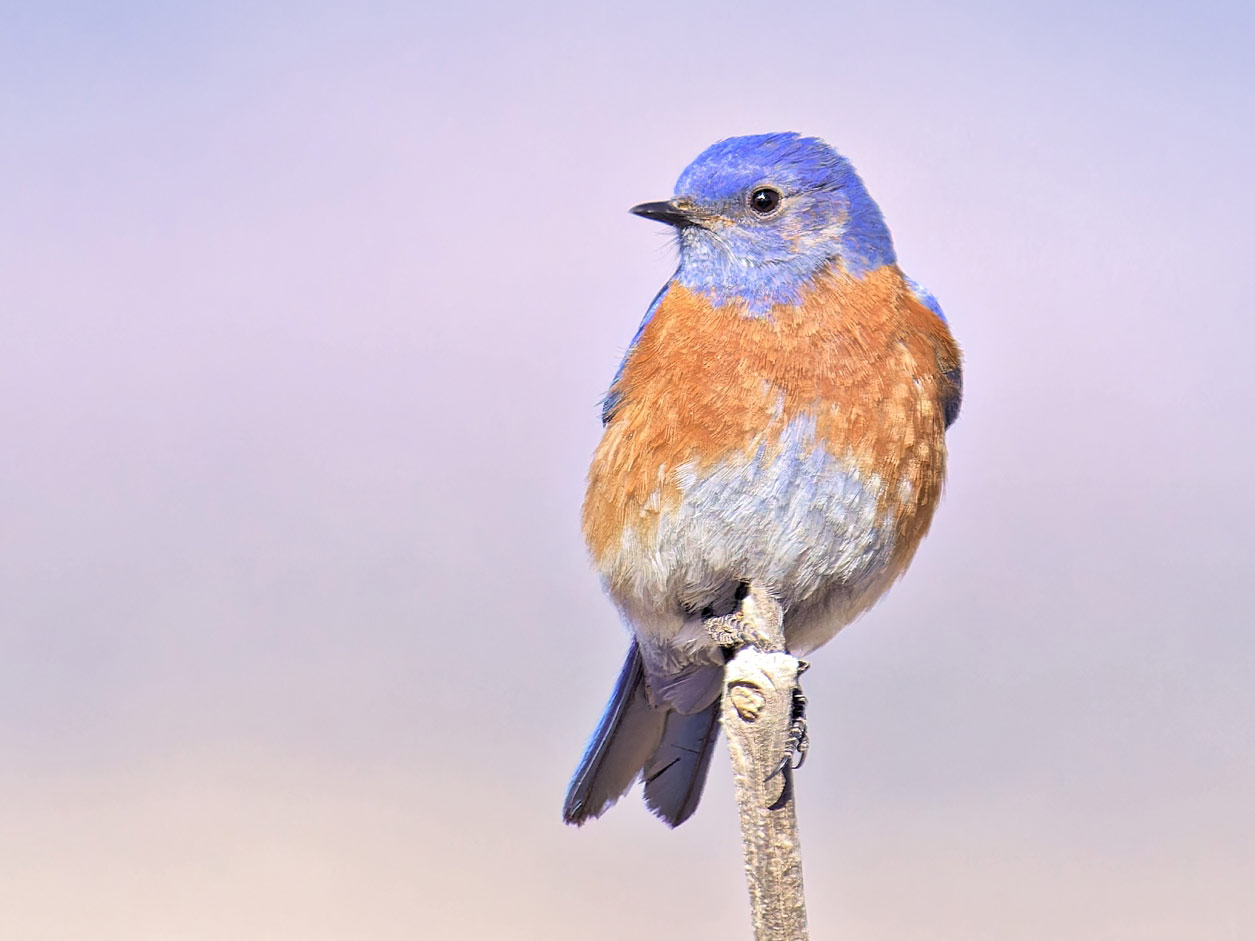
In a Snapshot
- 7,920 species of birds identified
- 210 countries or subregions
- 384,416 eBird checklists
- 313,874 Merlin Bird IDs (step-by-step, sound, or photo)
- 164,740 photos, videos, and sounds added to Macaulay Library
- 642,003 estimated global participants
- 385 reported community events
Numbers may change slightly as final checklists are added and validated by our reviewers. Data reflect totals through March 12, 2024.

Birds Find Their Way Into Hearts, Globally
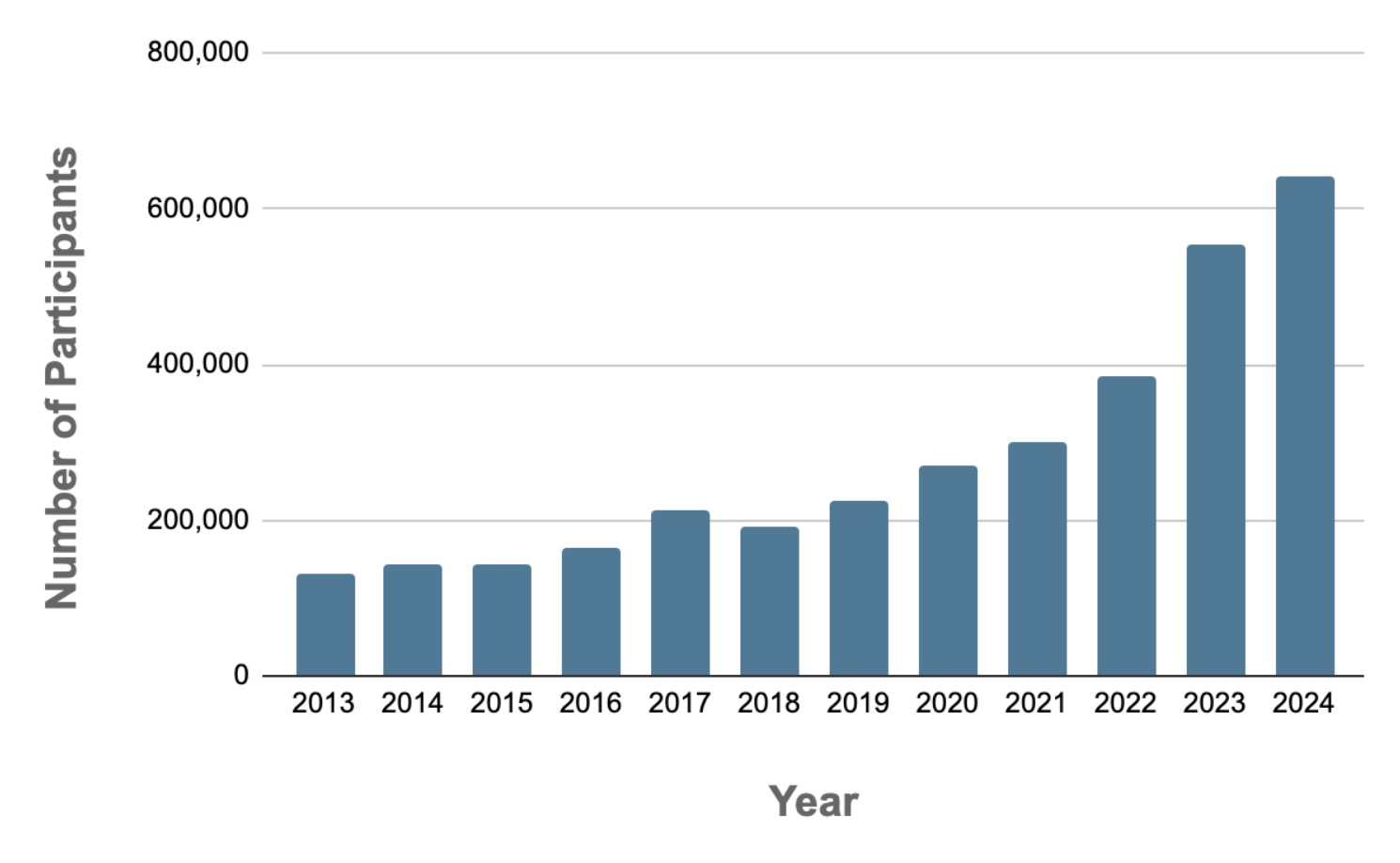
This bar graph depicts how each year more and more people open their hearts and minds to birding. GBBC has experienced consistent growth in participation. Notably, the increased global use of the Merlin Bird ID and eBird Mobile apps has allowed more and more people to engage with birding while sharing their sightings for GBBC.
This year we were overjoyed to receive hundreds of photos from around the world. Many were of large groups of people birding in their communities (see gallery at the end of this report).
Participation Grows in Many Parts of the World
Several places in the world had their first-ever GBBC sightings recorded; others saw big growth in participation.
- 45 countries or subregions saw a 100% or more growth in submissions compared to 2023. Notable increases including, but not limited to Antarctica, Angola, Cape Verde, Eswatini, Fiji, Luxembourg, Maldives, Malawi, Seychelles, Somalia, and Tunisia.
- Algeria, Andorra, China, Bahamas, Botswana, Belize, El Salvador, Germany, Ghana, Hungary, Iceland, Japan, Morocco, Mozambique, Namibia, Russia, Rwanda, and Trinidad and Tobago saw 50% or more increases in submissions.
- Austria, Cambodia, Czech Republic, Dominican Republic, Ecuador, Ethiopia, Indonesia, Norway, South Korea, Sri Lanka, Sweden, Ukraine, United Kingdom, Venezuela, and Zimbabwe saw a 30% increase in submissions.
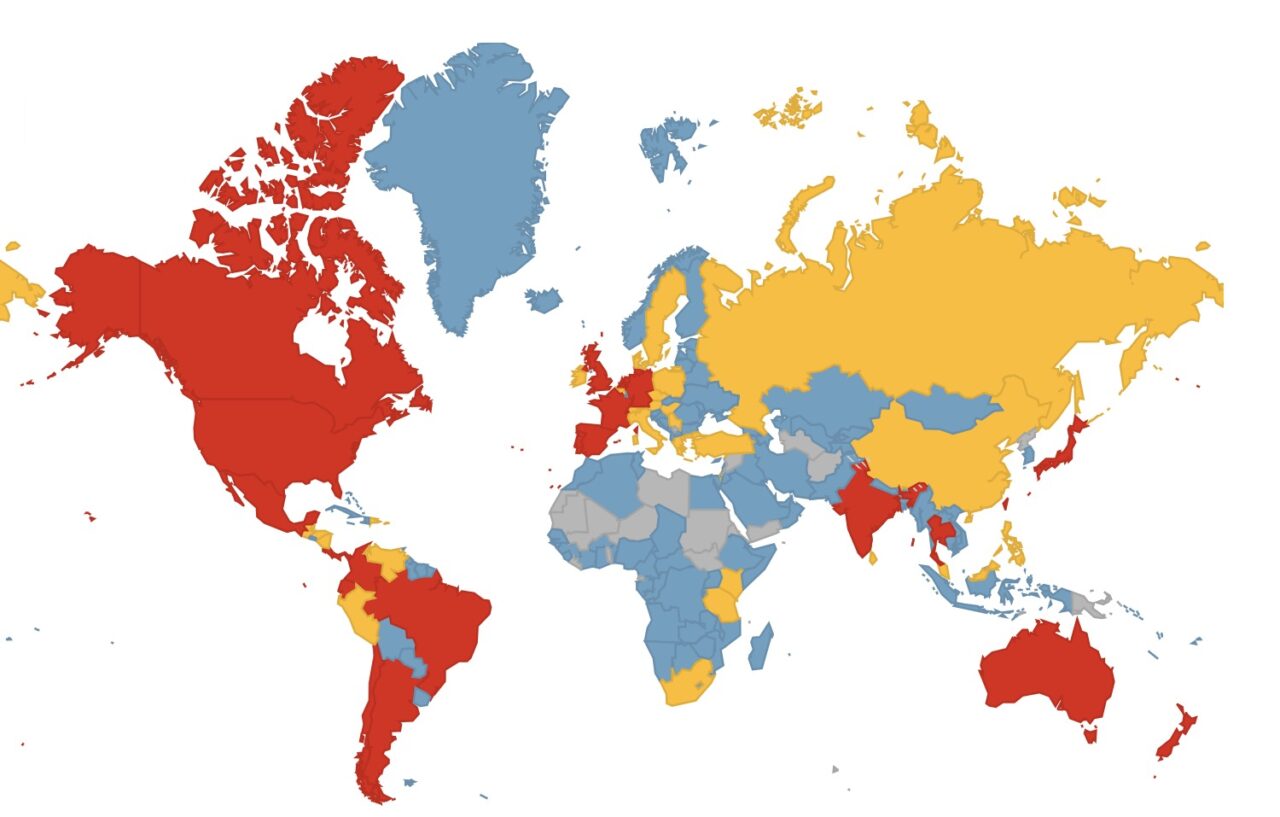
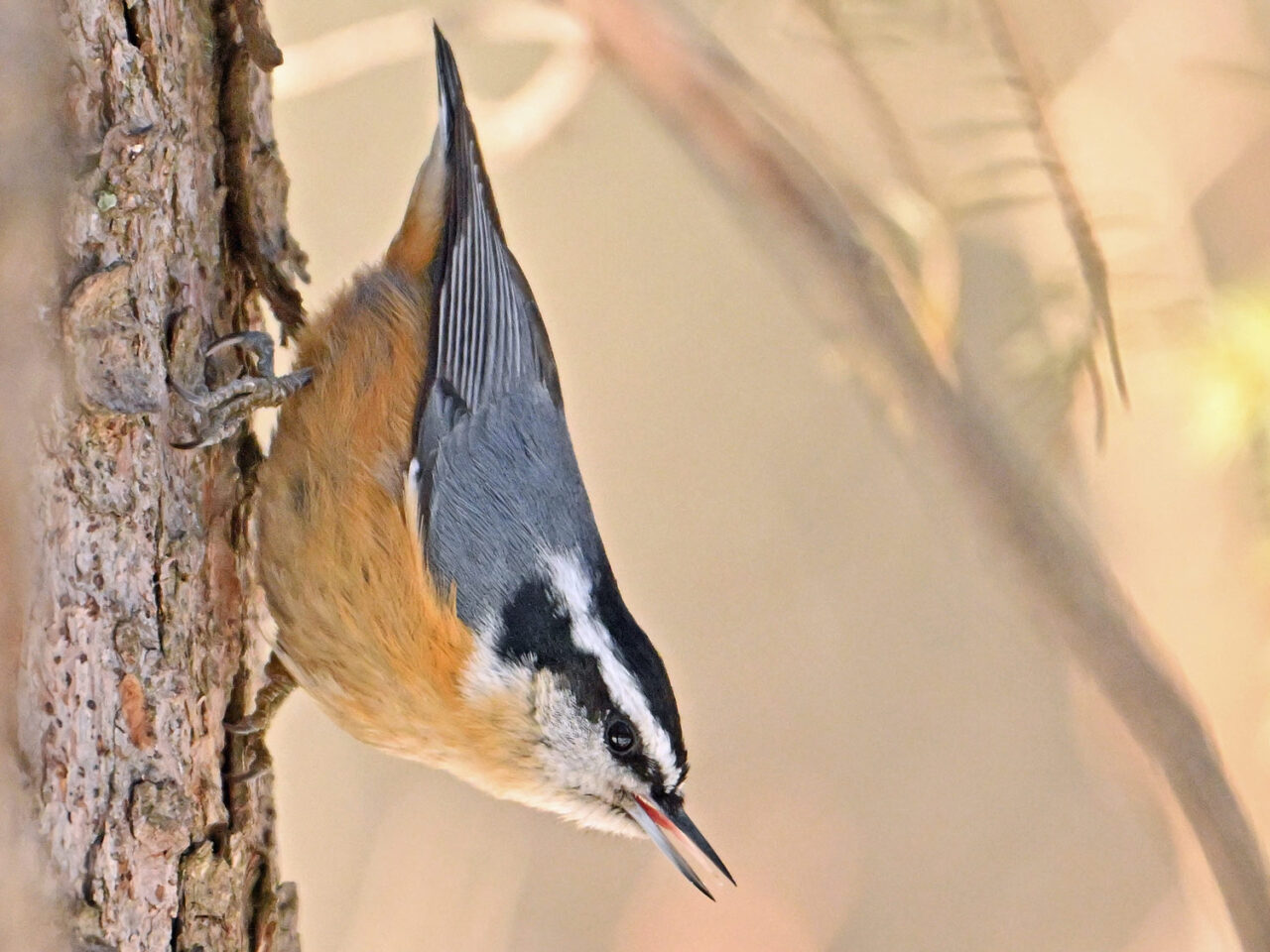
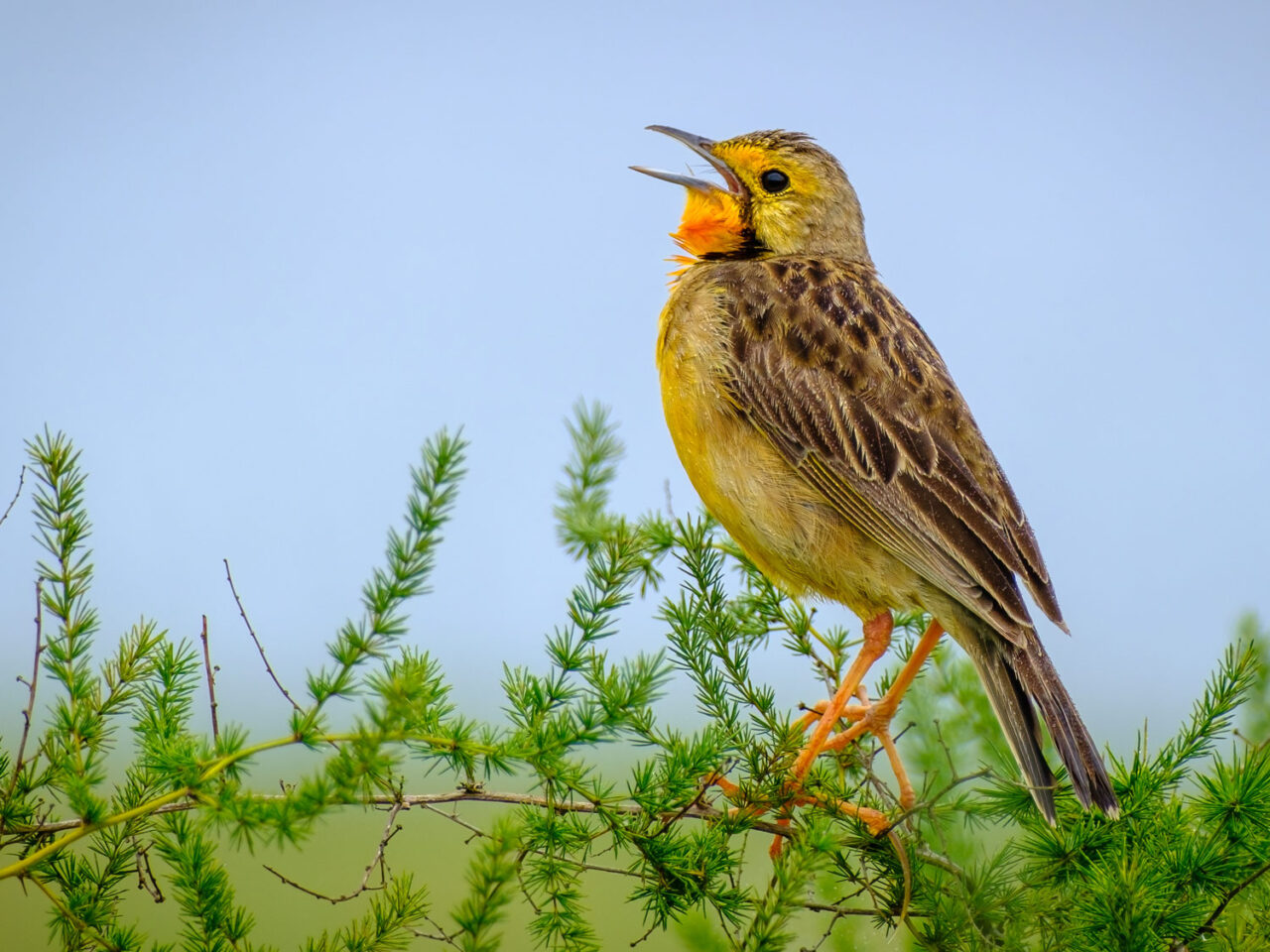
To see more details, explore our graphs and data from the global citizens committed to observing bird populations. Click the green button to explore global engagement, then click on Countries, States, Provinces, or Territories to see their numbers.
Search Local Results
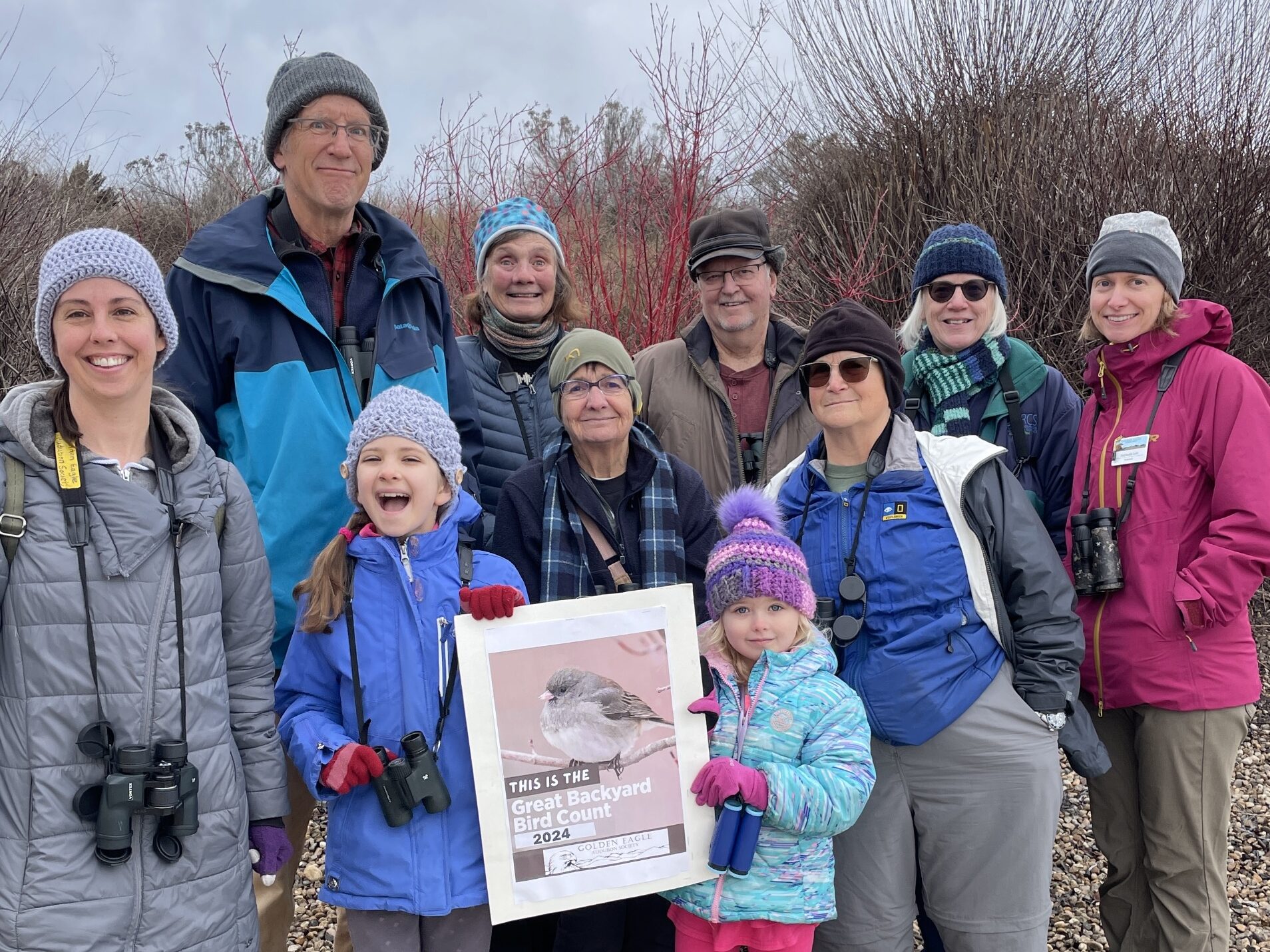
Many people ask, what did people see in my area during GBBC? While the global engagement is inspiring, it is fun to take a deeper dive into what local sightings reveal. Use this step-by-step guide to search your area for local submissions and bird sightings. How many birds were spotted in your region? Are the birds in your community similar to the birds others have seen? Use the local search tools to answer these questions and more.
Top Three Countries by the Numbers
United States
The United States had the most checklists with 212,673, identifying 676 species. The top three states—California, Texas, and Florida—all had increased submissions this year. California reported 21,585 eBird checklists and 33,041 Merlin Bird IDs. The warmest States delivered the greatest species diversity with California, Texas, Florida, Arizona, and Louisiana reporting hundreds of species. We saw double-digit increases in submissions from Texas, Arizona, Maine, Utah, Arkansas, Delaware, Louisiana, Oklahoma, Nevada, Guam, and the Virgin Islands. It was fun to see photos coming in from Hawaii where birders searched for some of their more vulnerable species such as the federally threatened ʻIʻiwi.
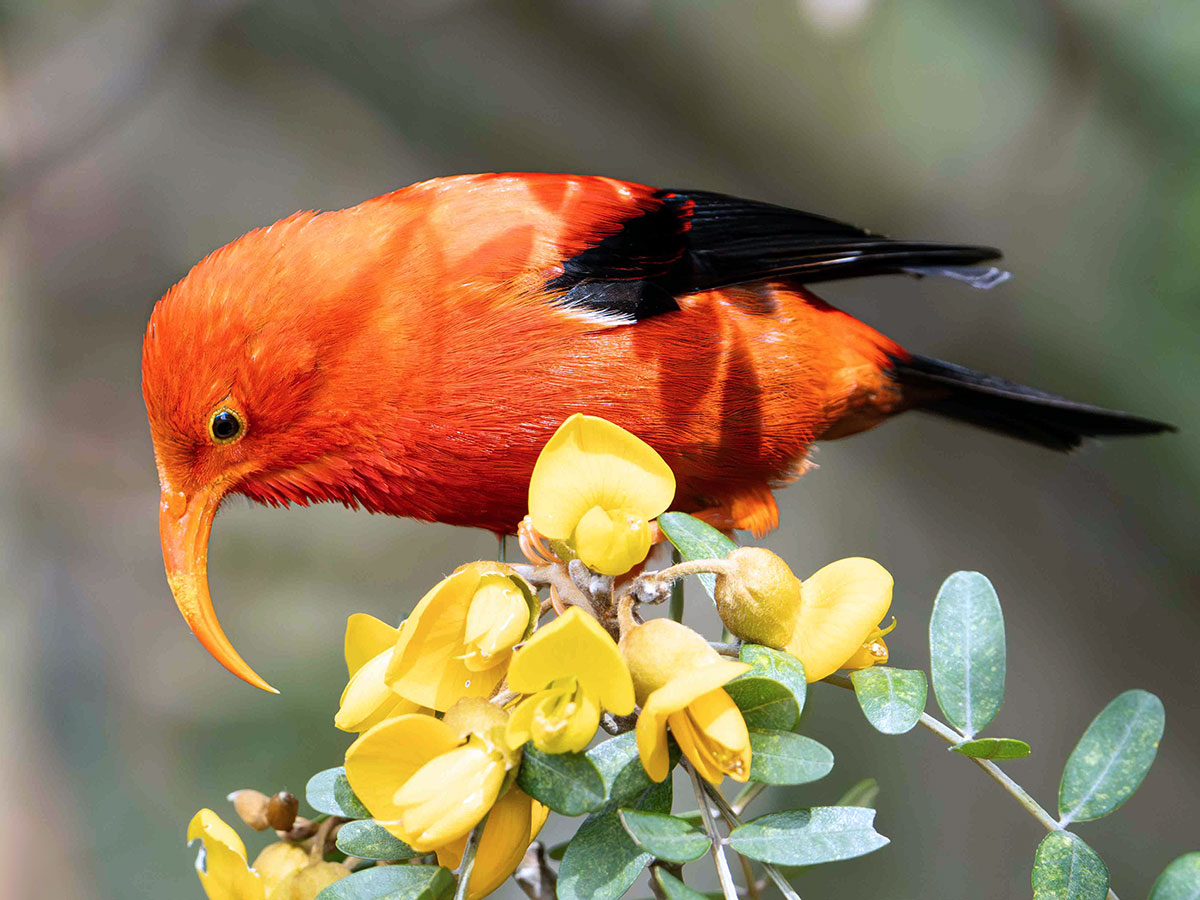
India
India continued to show big growth in their GBBC participation, landing them securely in second place for total number of eBird submissions at 65,111 (12% increase from 2023). Collectively, India found 1,039 species, placing them in third place for the most species seen. Impressively, they had 133% growth in the use of Merlin with 5,308 identifications. The state of West Bengal had the most species reported with 544, while the state of Tamil Nadu had the most checklists at 14,663. Following closely was Kerala at 14,037. Several Territories and States saw massive growth in the number of submitted checklists—including Arunachal Pradesh up 659%, Sikkim up 607%, Manipur 294%, West Bengal up 237%, Bihar up 216%, and Tripura up 207%.
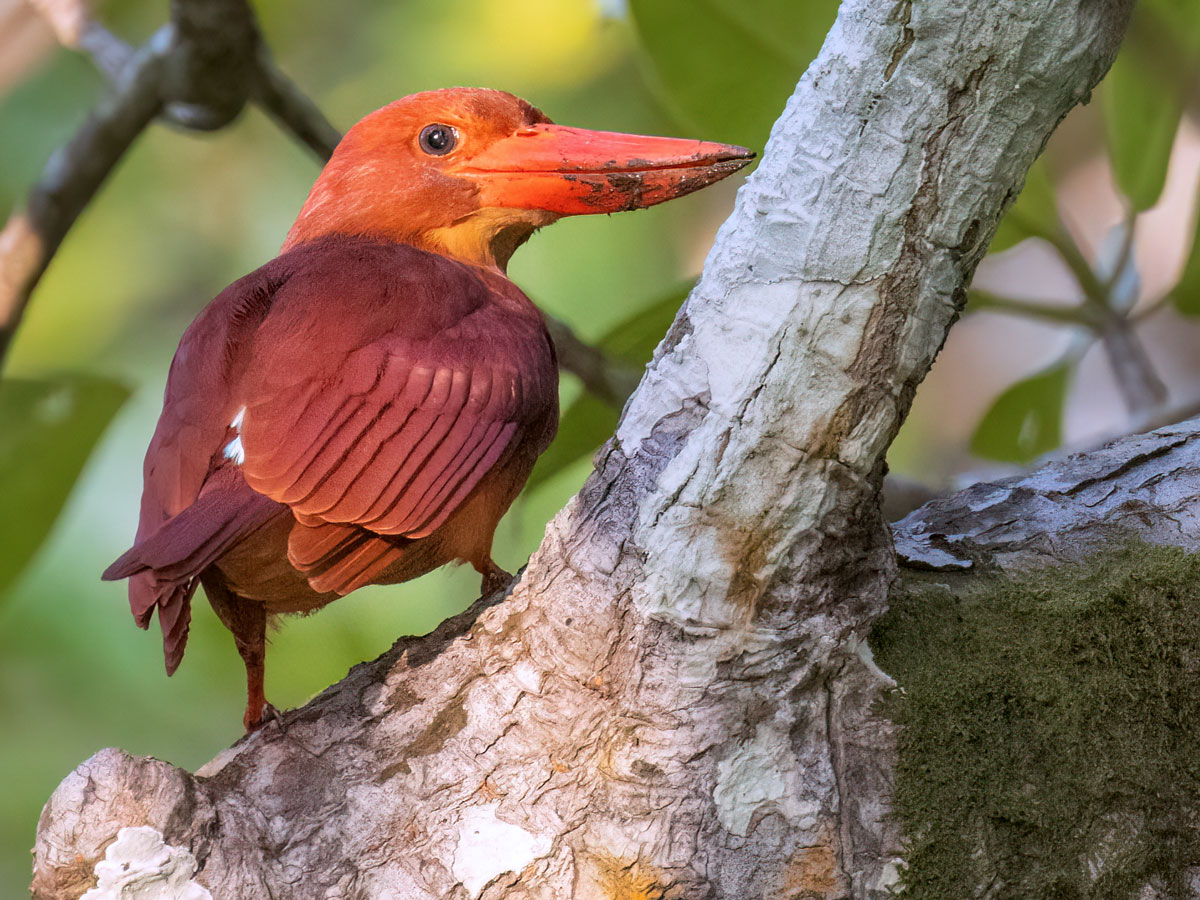
Canada
Canada had the third most eBird checklists with 31,151 and 14,049 Merlin sightings. Each province contributed sightings to provide a grand total of 261 species reported throughout Canada. The province of Ontario delivered an impressive 13,376 checklists, with British Columbia providing a respectable 5,622 checklists. British Columbia had the most species reported at 201 but Ontario (157) and Nova Scotia (142) were not too far behind. A few surprises, such as a Eurasian Tree Sparrow in Manitoba provided an exciting sighting as it is native to Europe (with a small introduced population near St. Louis). Saskatchewan reported an unusual sighting of a Varied Thrush.
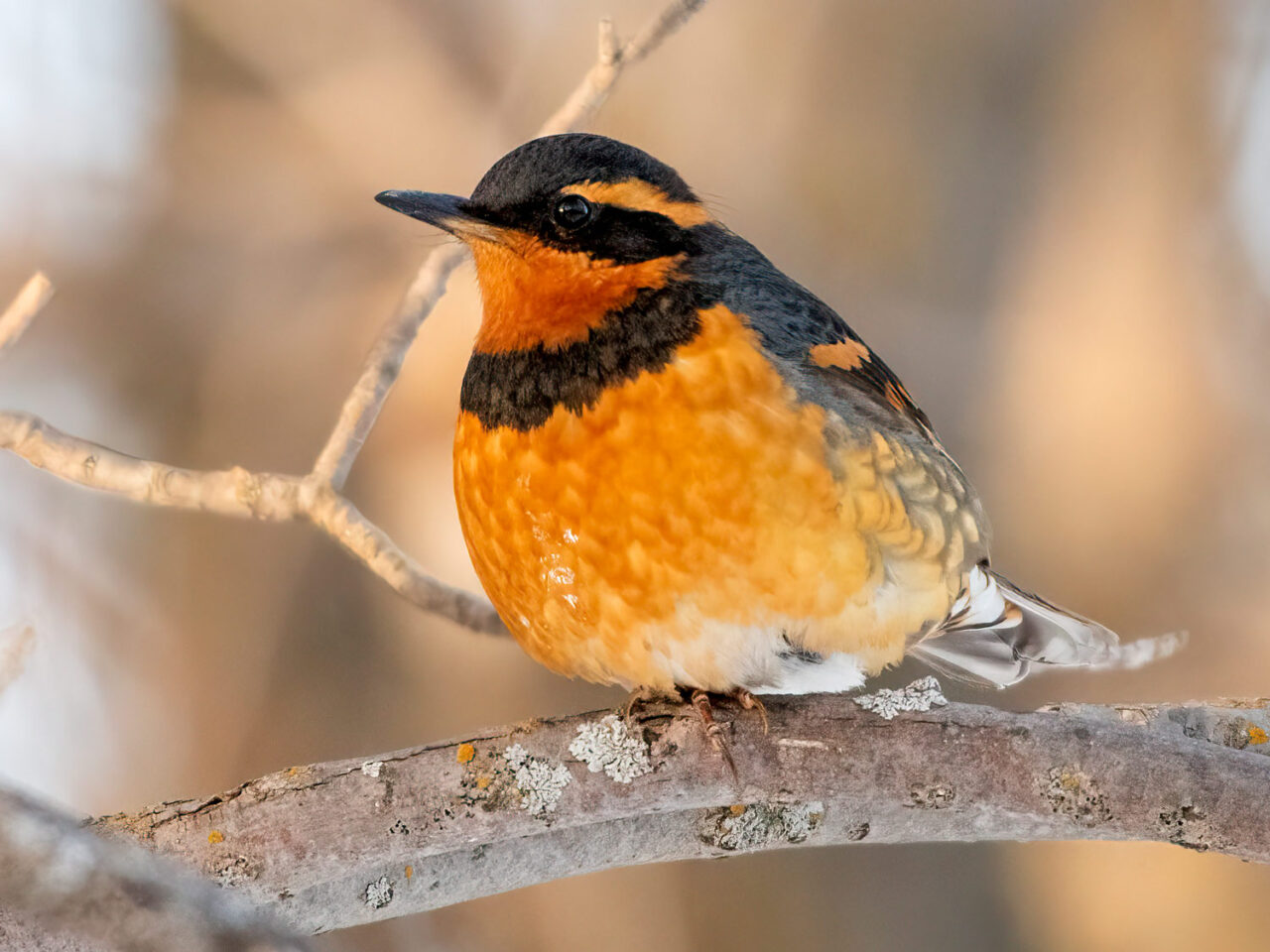
7,920 of the World’s Known Species
This bar graph ranks the top 18 countries by total number of species reported during GBBC. Colombia took the top spot and beat their 2023 record with 1,370 birds reported this year. Not too far behind was Ecuador with 1,129 bird species—an increase from last year. Third in number of species was India with 1,039 species!
Brazil, Peru, Mexico, Costa Rica, Panama, the United States, Argentina, Thailand, China, Australia, Kenya, South America, Venezuela, Uganda, and Tanzania each reported more than 500 species.
We saw big increases in participation in several countries in Central America and South America along with countries in Africa. All of these regions are home to an incredible diversity of birds and it is inspiring to witness their growing engagement.
Inspiring Photo Submissions
GBBC participants shared 164,740 media uploads to the Macaulay Library during this four-day event, including photos, videos, and sounds. Gorgeous images from around the world made up more than 159,967 of those submissions. Click the green button below the images to see many more beautiful bird photos.
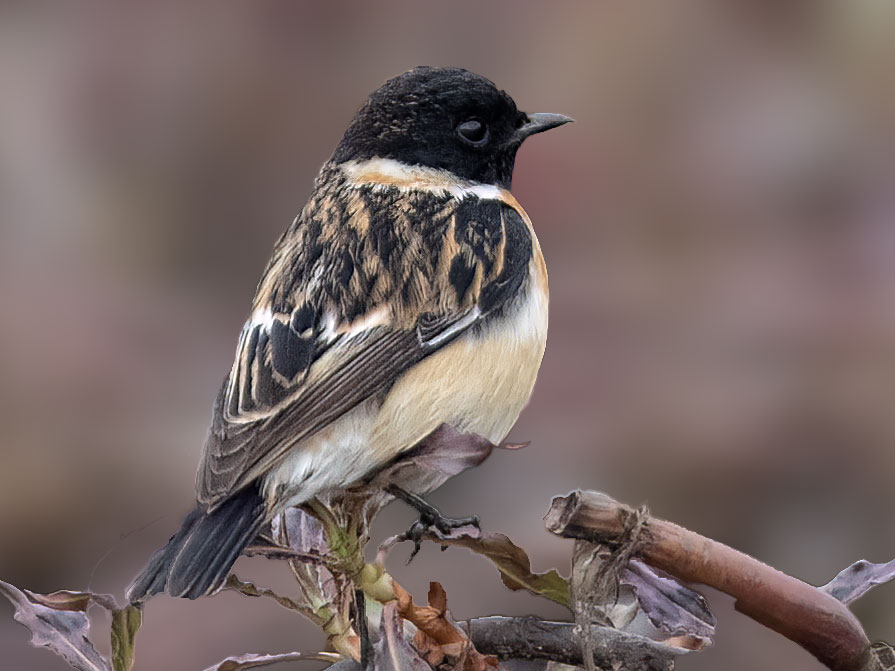
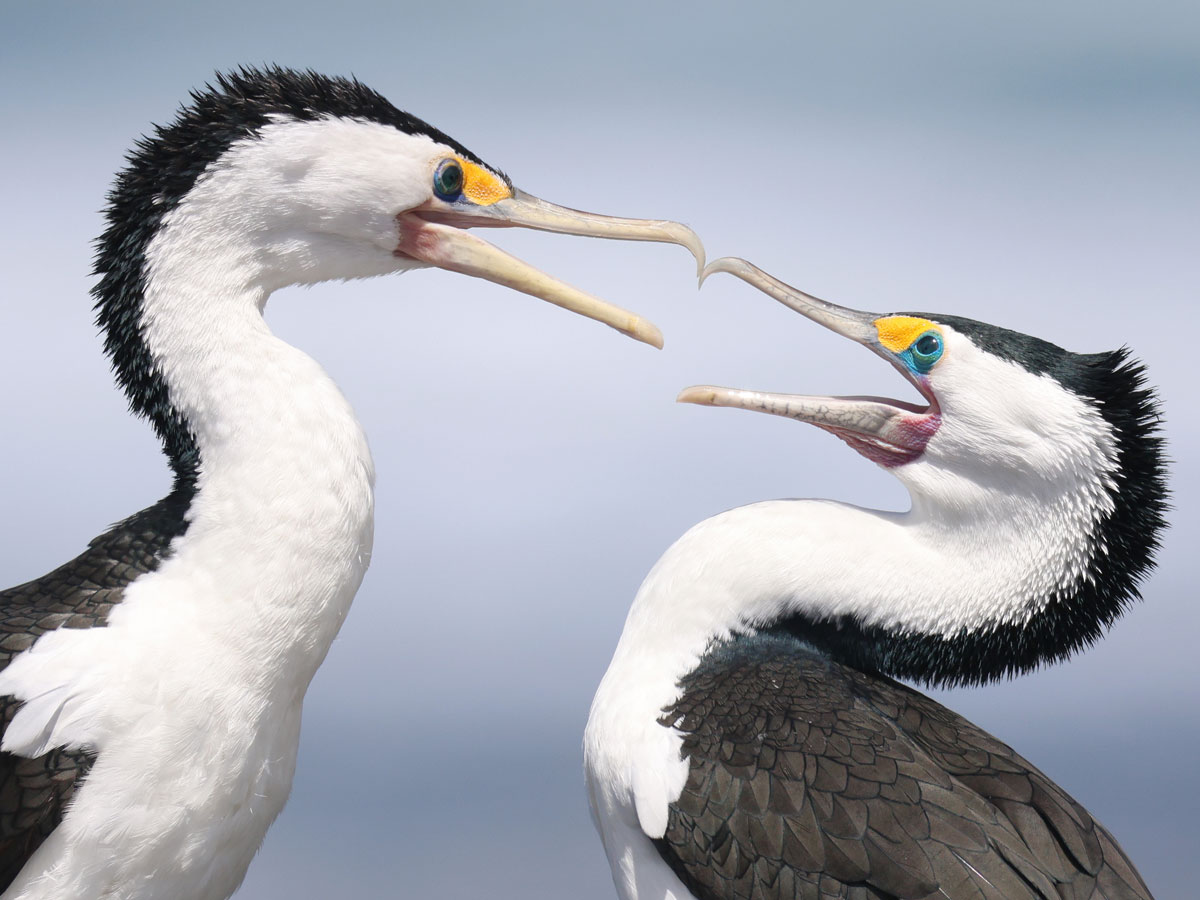
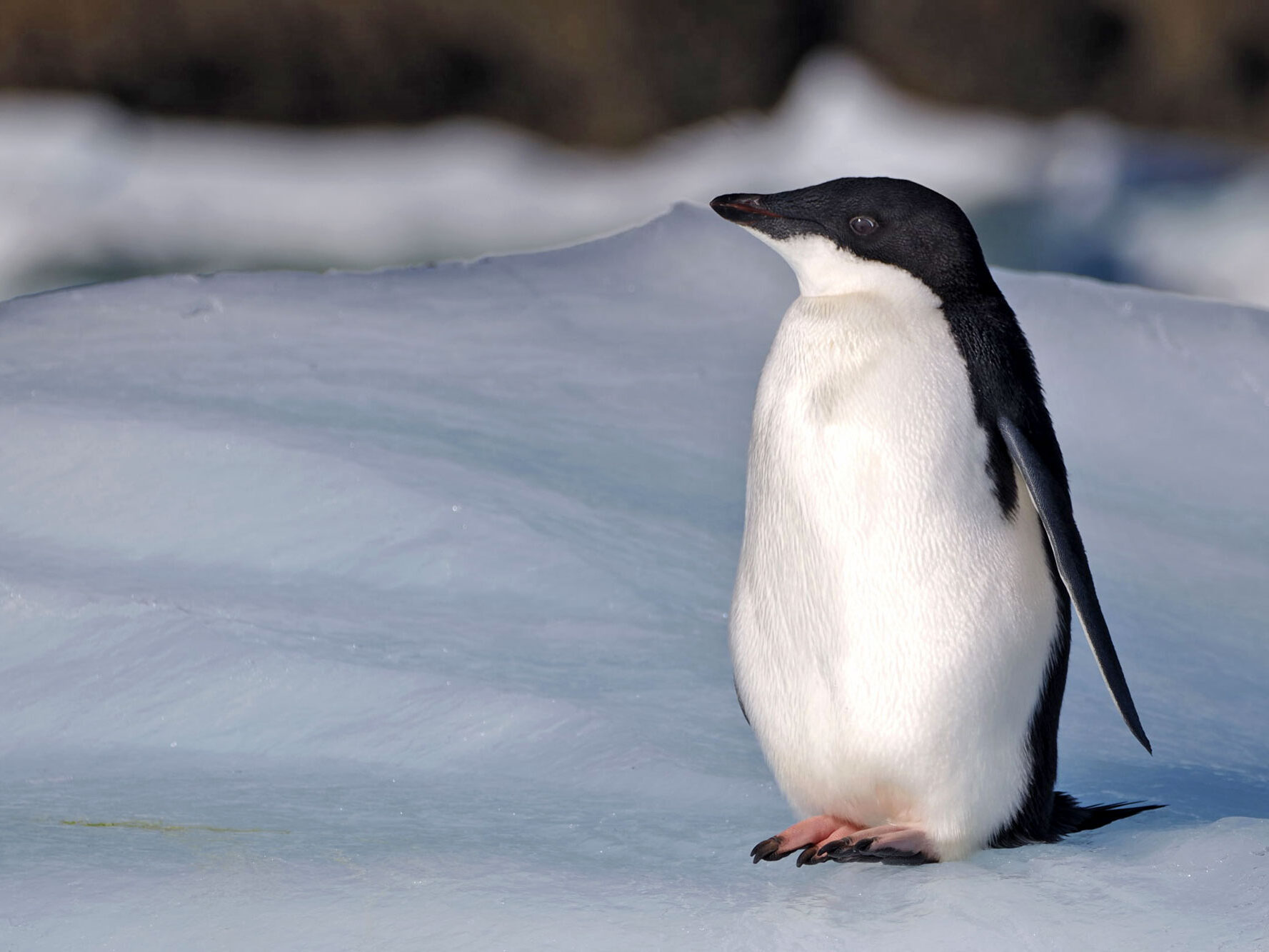
Flock Highlights and a Few Rare Visitors
Large flocks are always a sight to behold. There were several reported around the world during GBBC. The largest was a flock of 4 million Bramblings spotted in Germany! Incredible to see the blue sky filled with so many birds!
Due to a mild winter in parts of North America, lakes, rivers, and creeks are supporting larger groups of waterfowl. Birdwatchers in Missouri reported approximately 1.8 million Snow Geese and observers in Ontario, Canada, saw a group of waterfowl consisting of 3,600 Canvasbacks, 3,000 Redheads, and 1,500 Greater Scaup.
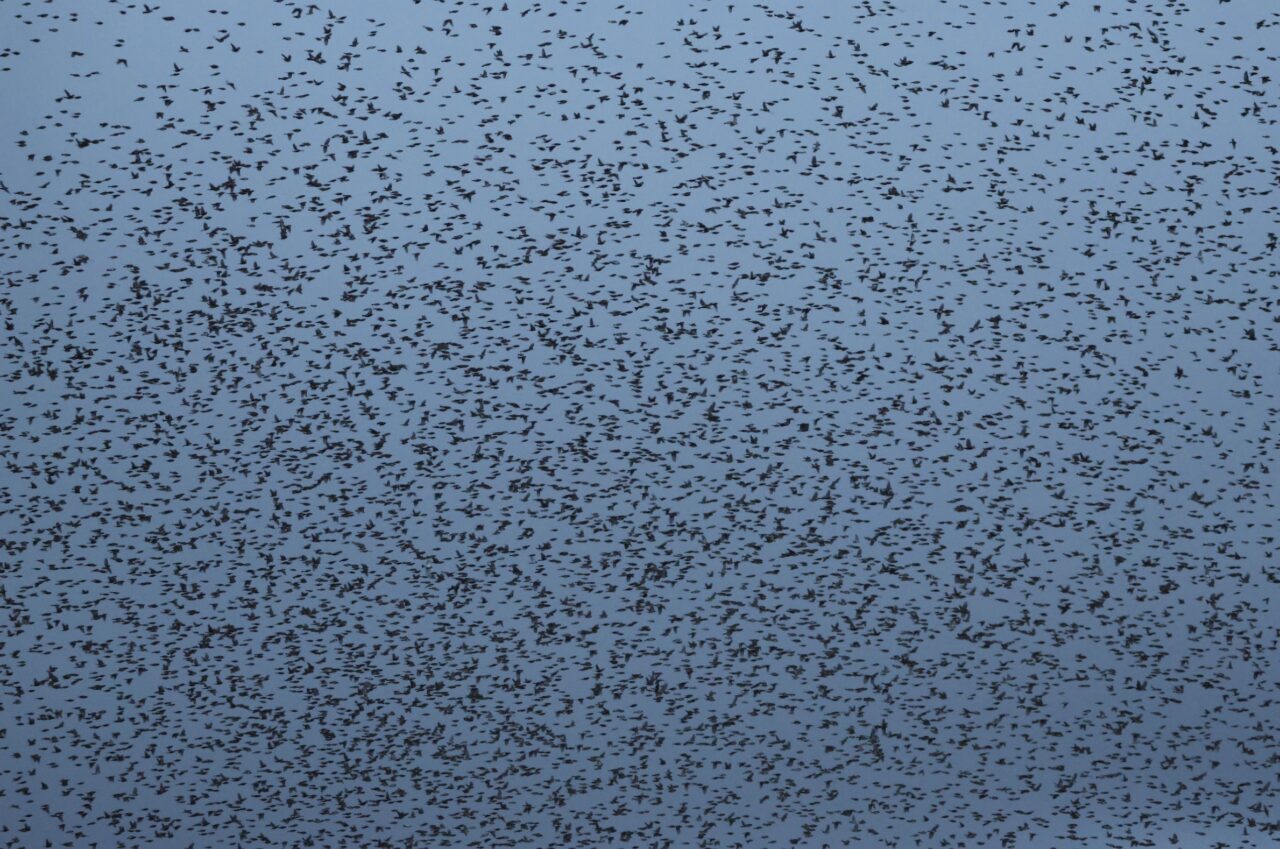
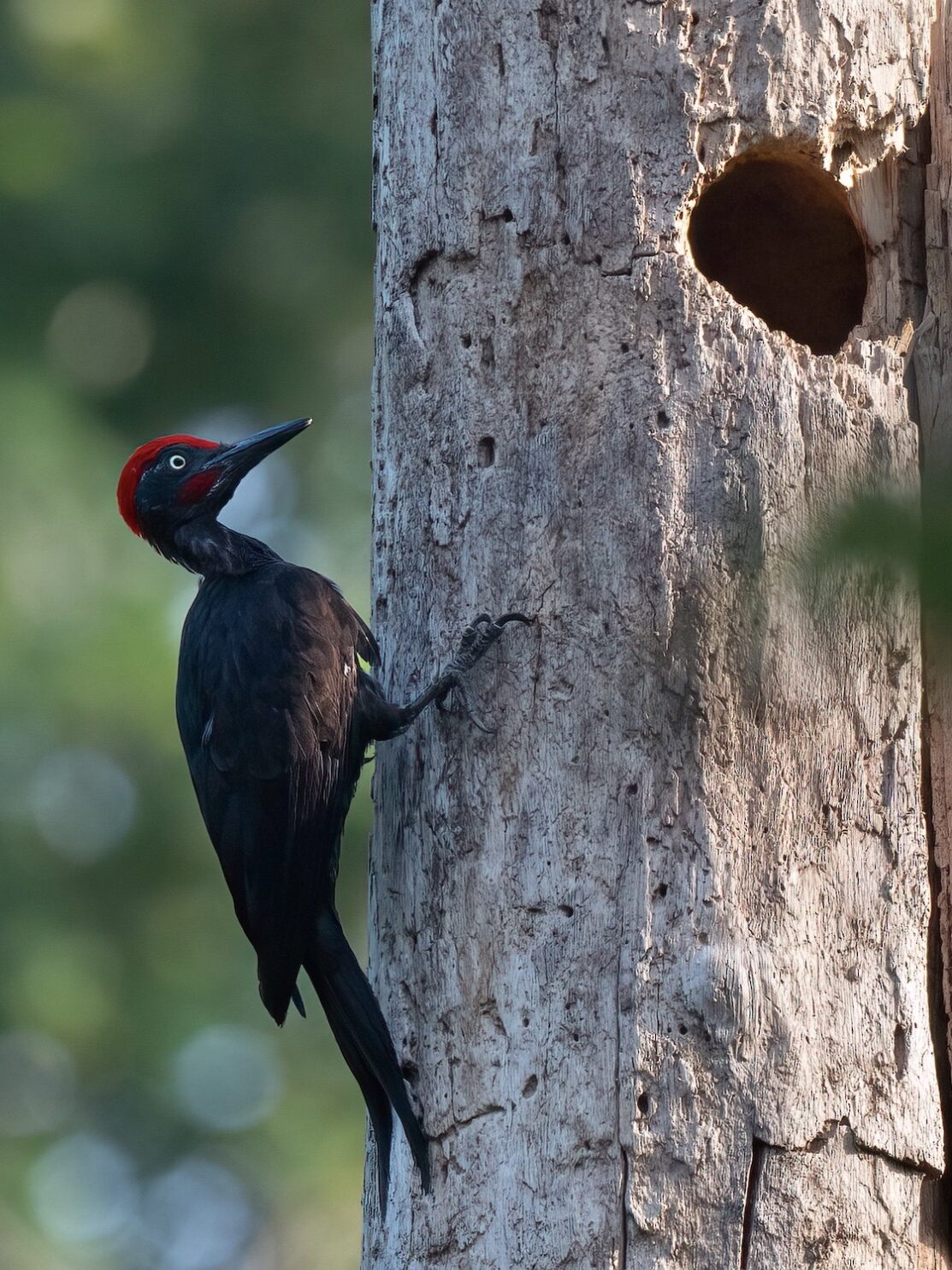
The general theme for rare visitors during the count was that birds were either staying all season in their breeding territories due to milder winters, or were migrating early. Species such as the Plumbeous Vireo and Summer Tanager were spotted several times in California in the United States. These birds are generally in Mexico, Central, or South America during the winter, only moving north for the breeding season.
In India, birders reported several bird species classified as vulnerable or of high priority, including Andaman Serpent-Eagle, Andaman Woodpecker, Nilgiri Laughingthrush, White-headed Starling, Nilgiri Sholakili, White-bellied Blue Flycatcher, Andaman Treepie, Forest Owlet, Bugun Liocichla, and White-bellied Sholakili.
Canada had several surprises including White-crowned Sparrows and Lapland Longspurs in Saskatchewan, well north of their typical winter range. Gray-crowned Rosy-Finches were also seen at feeders in Northwest Territories, when they are usually spotted in the southwestern United States and on the far west coast of Alaska in winter.
Top Merlin Submissions
During the GBBC we noticed that Merlin Bird ID app usage jumped around the world, especially in the United Kingdom where 21,384 birds were identified using the app. We also witnessed heavy use in the United States, Canada, Costa Rica, India, Germany, and Mexico.
Most Frequently Identified by Merlin:
United States
- Northern Cardinal
- Dark-eyed Junco
- House Finch
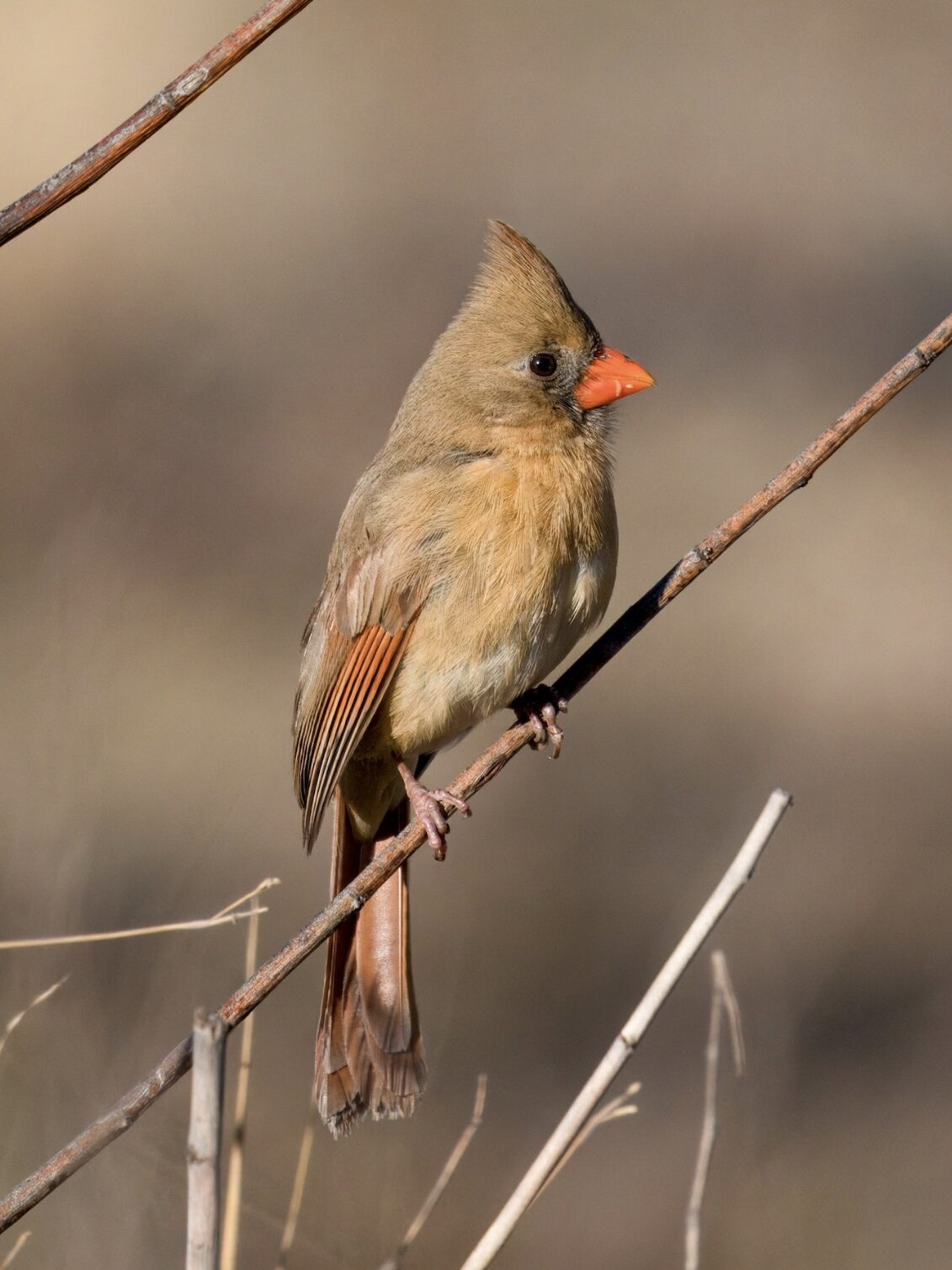
India
- Purple Sunbird
- Rose-ringed Parakeet
- Common Tailorbird
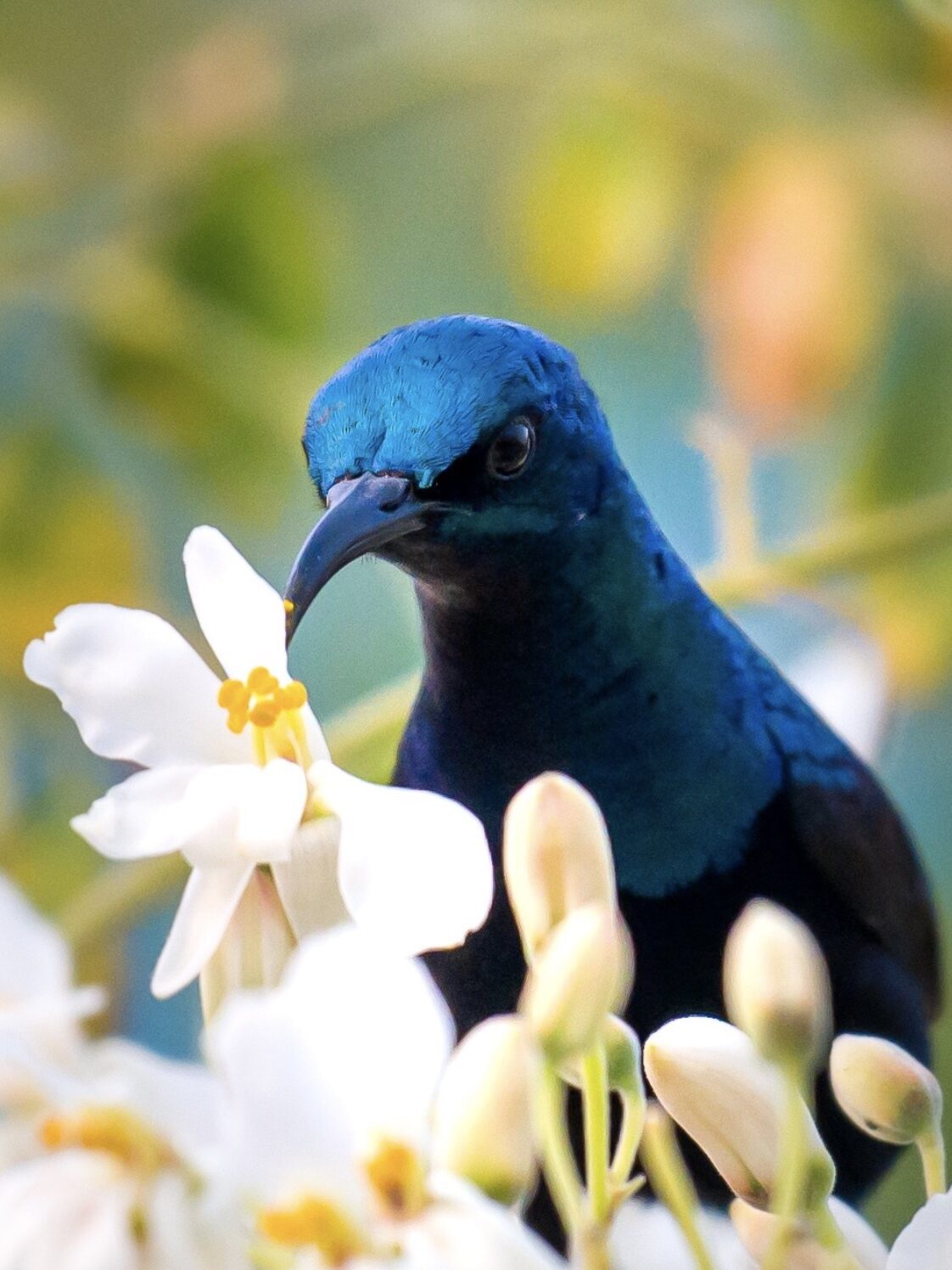
Canada
- Black-capped Chickadee
- Dark-eyed Junco
- House Sparrow
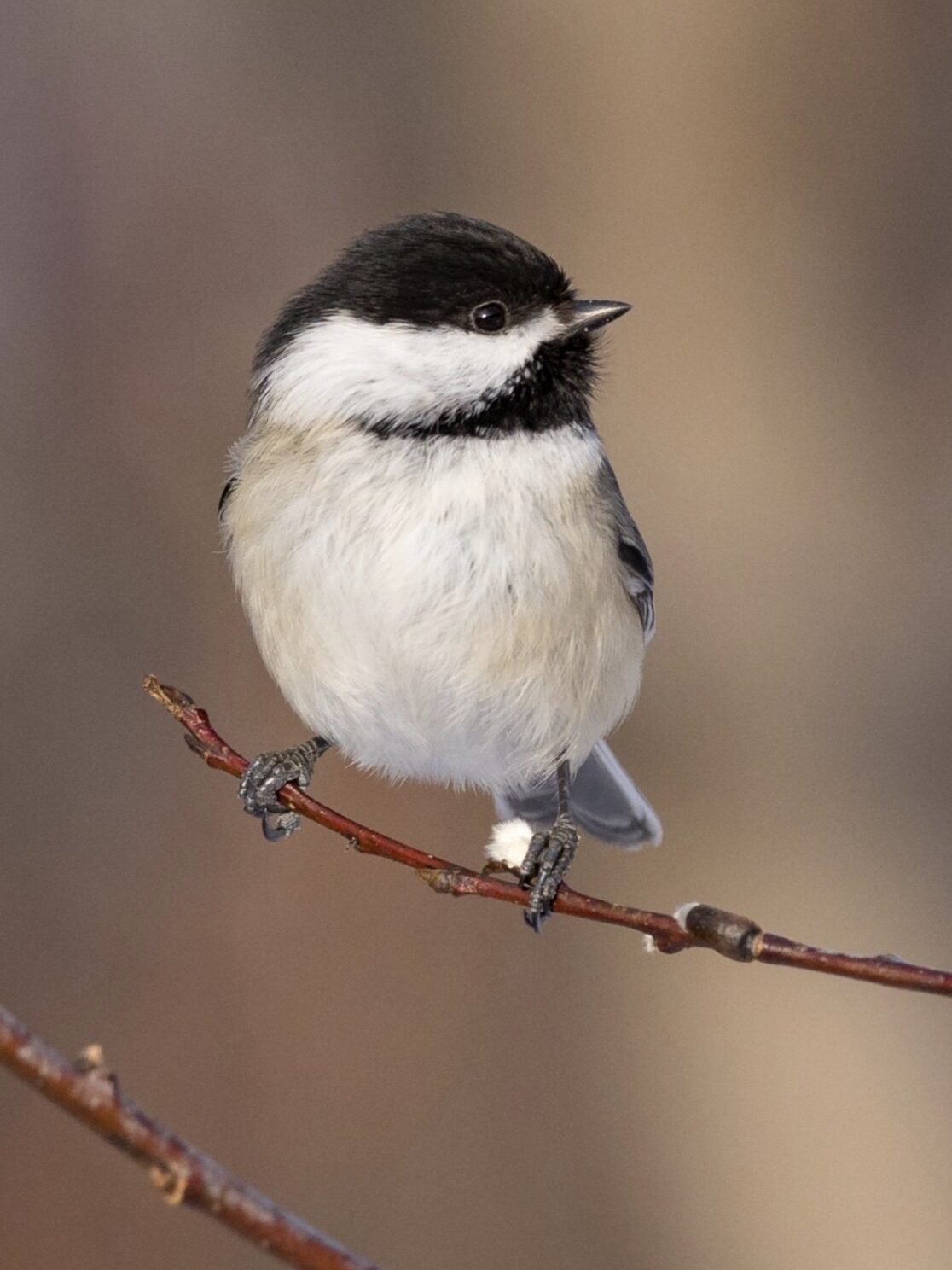
We invite you to explore our graphs and data to see more of the incredible contributions that you made as global citizens committed to understanding and preserving bird populations.
Enjoy More People Photos from GBBC 2024
The collection below contains photos that came in after GBBC weekend. They show families and communities enjoying their time with birds. Thank you for sharing your adventures with us! And don’t miss this special photo gallery created during the GBBC reflecting the diversity of birds and the diversity of people watching them.
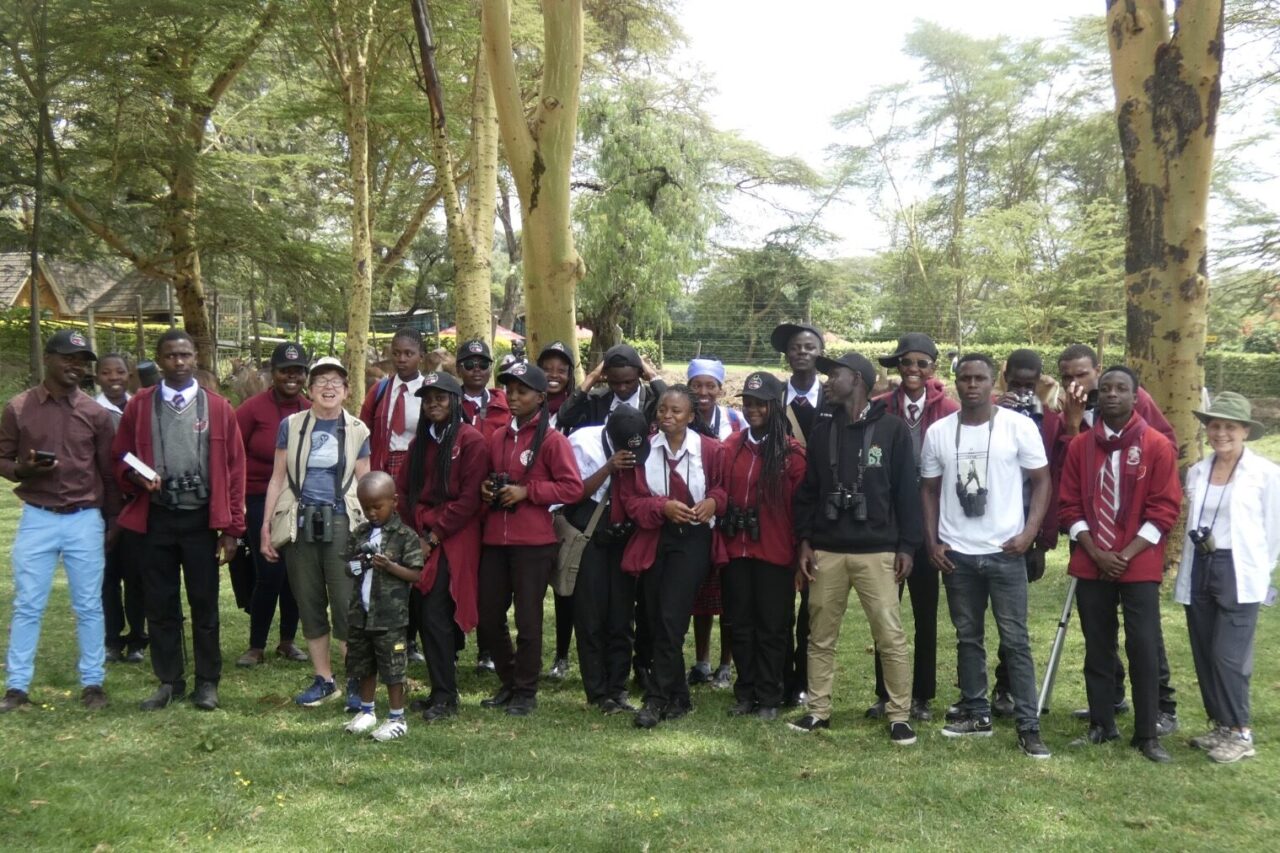


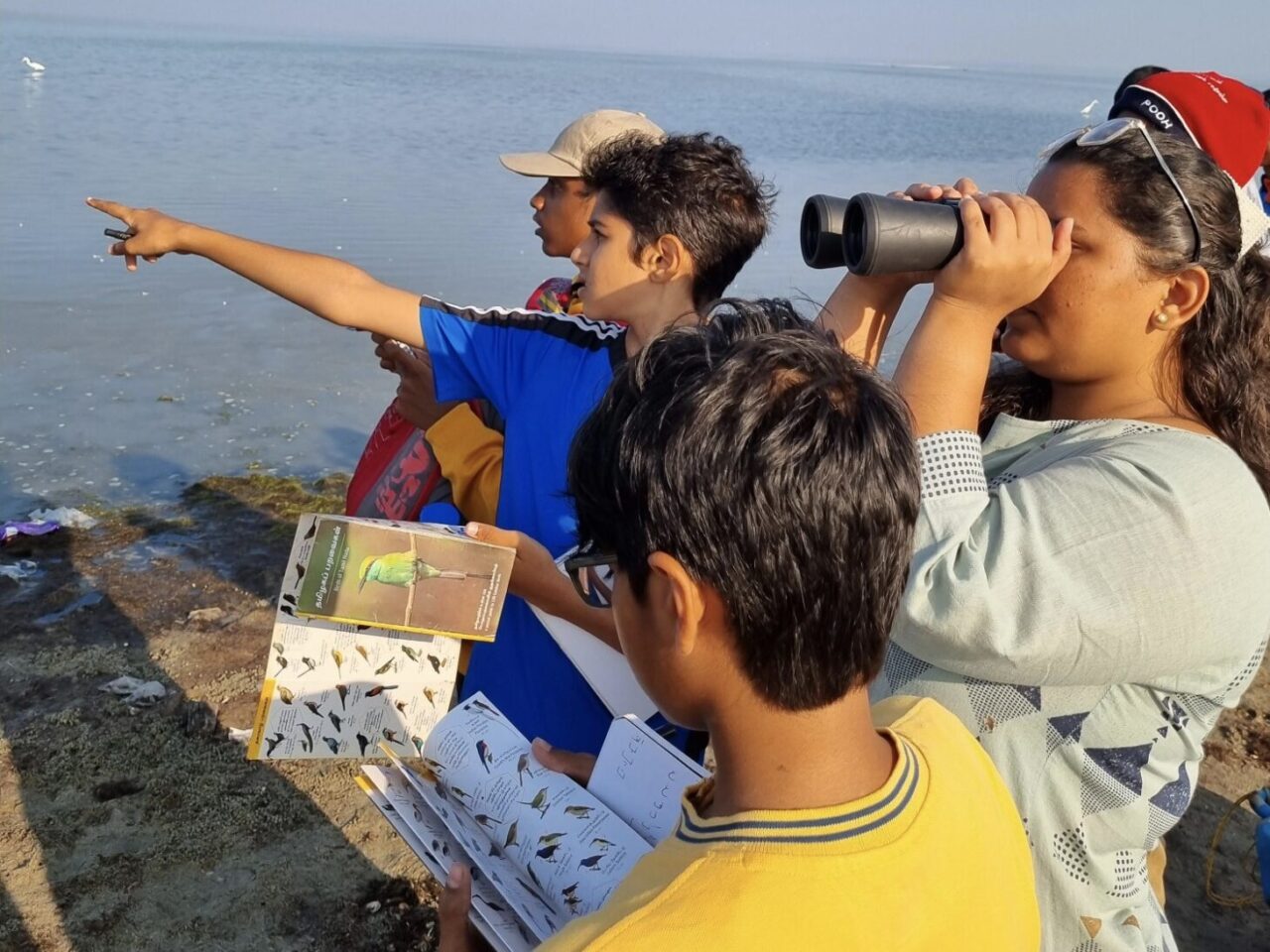
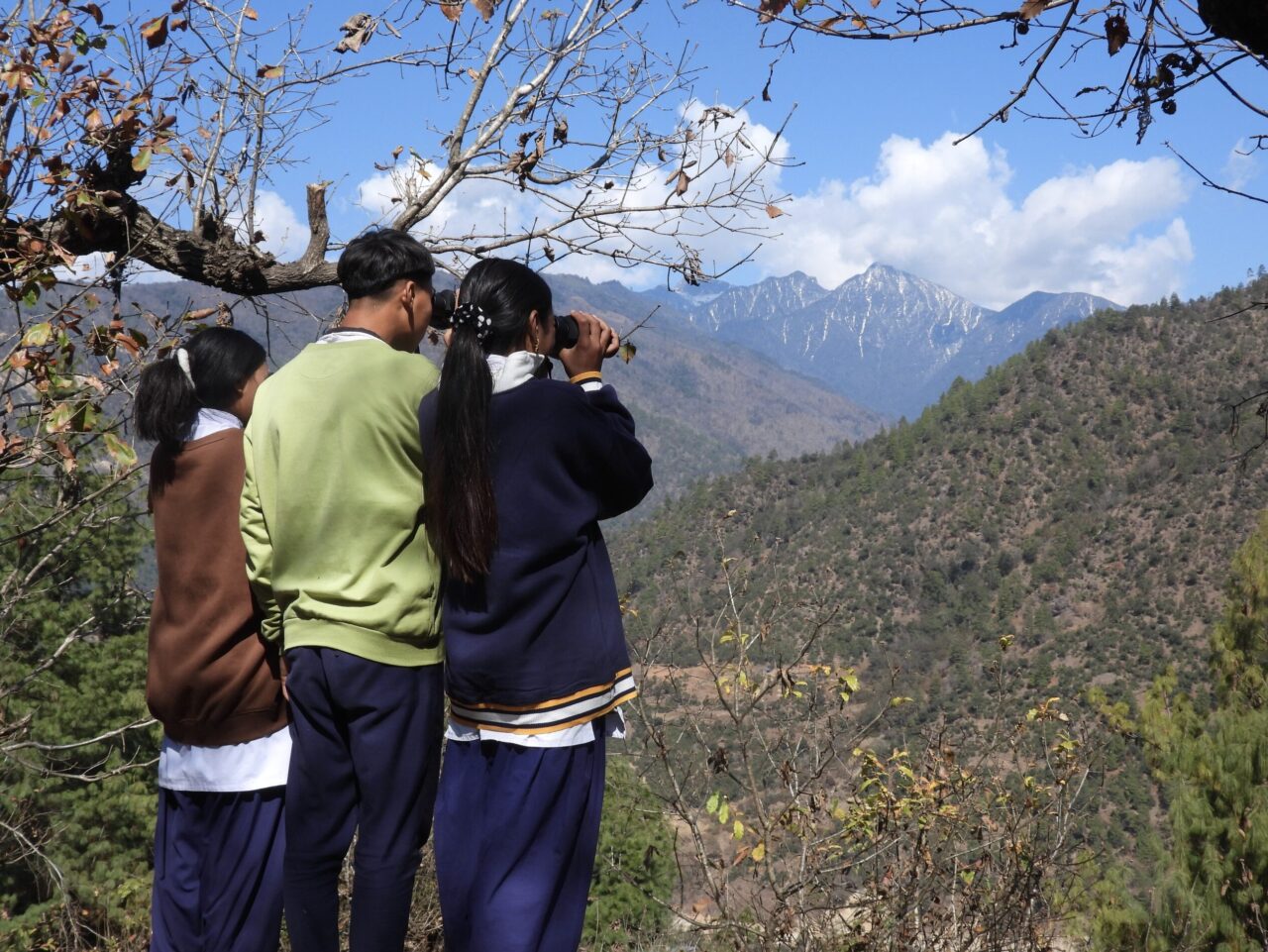




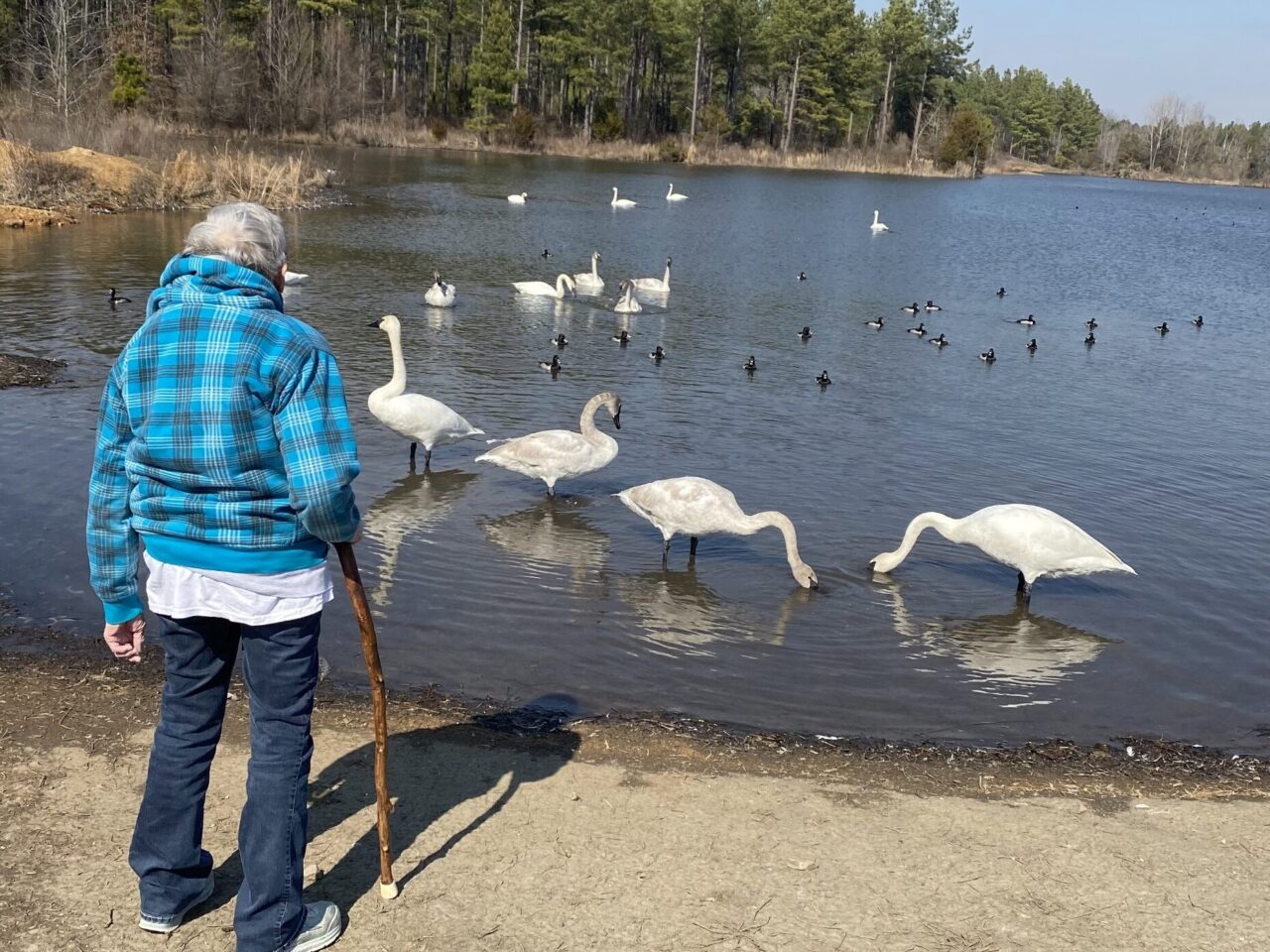
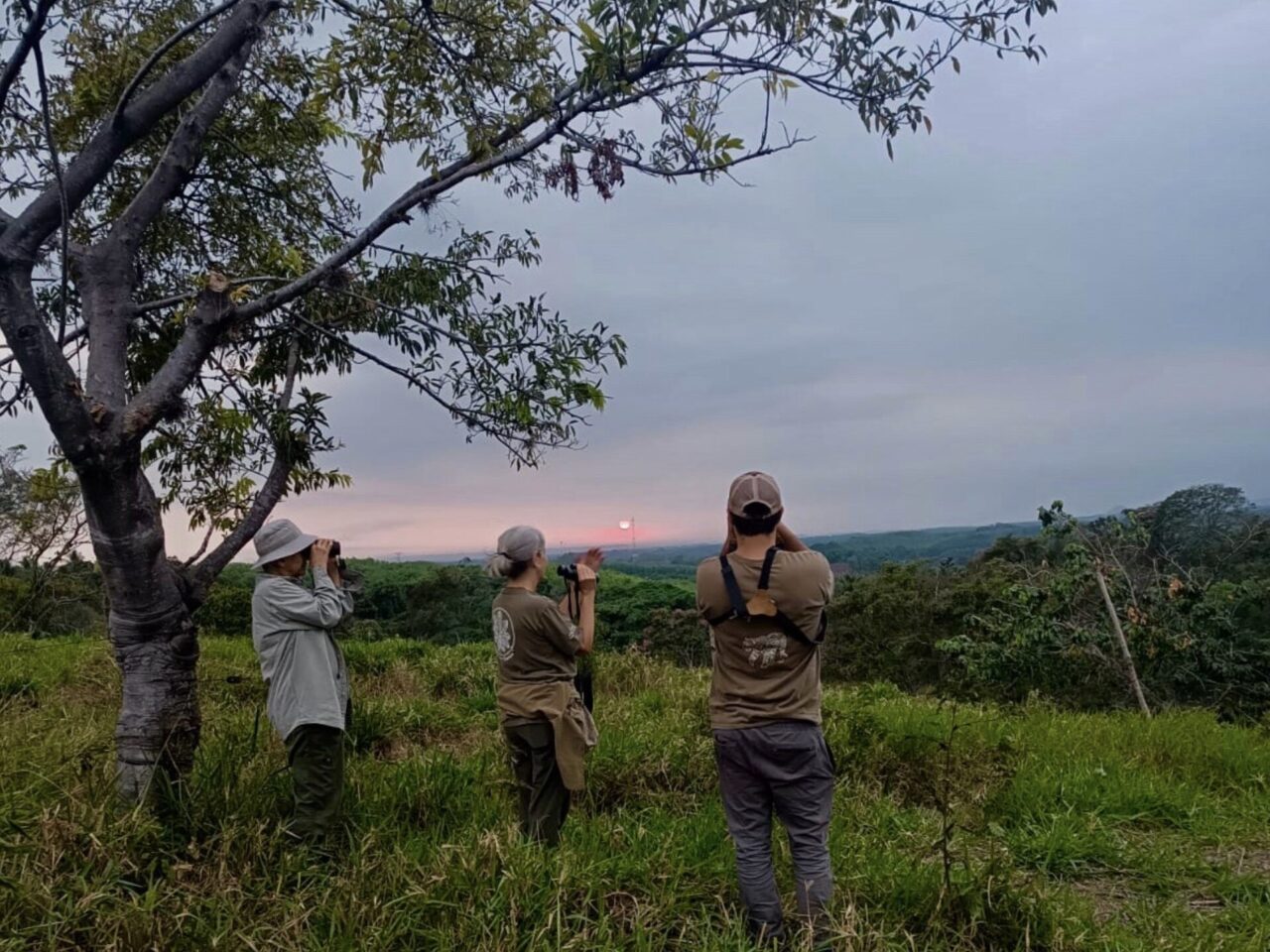
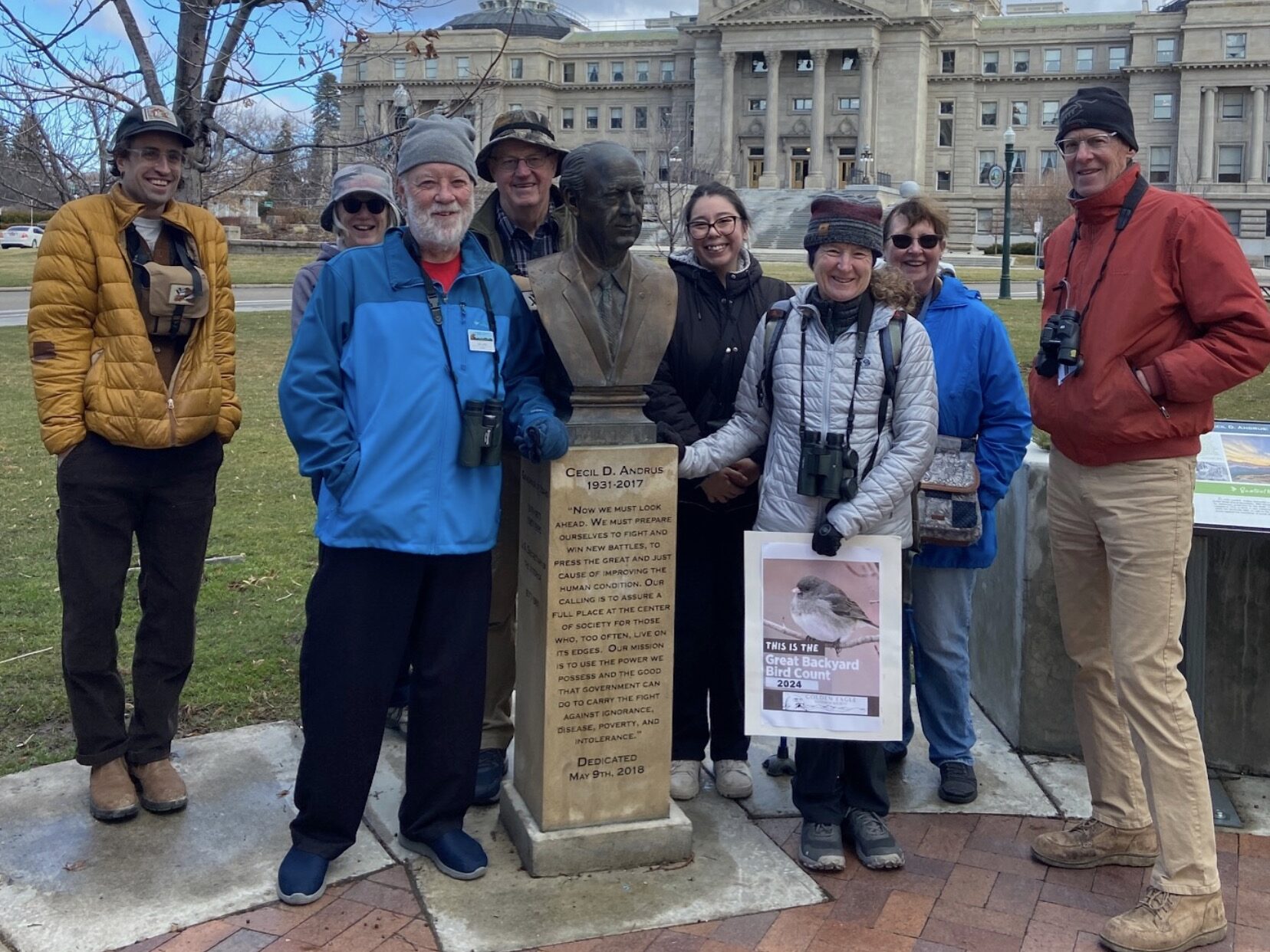
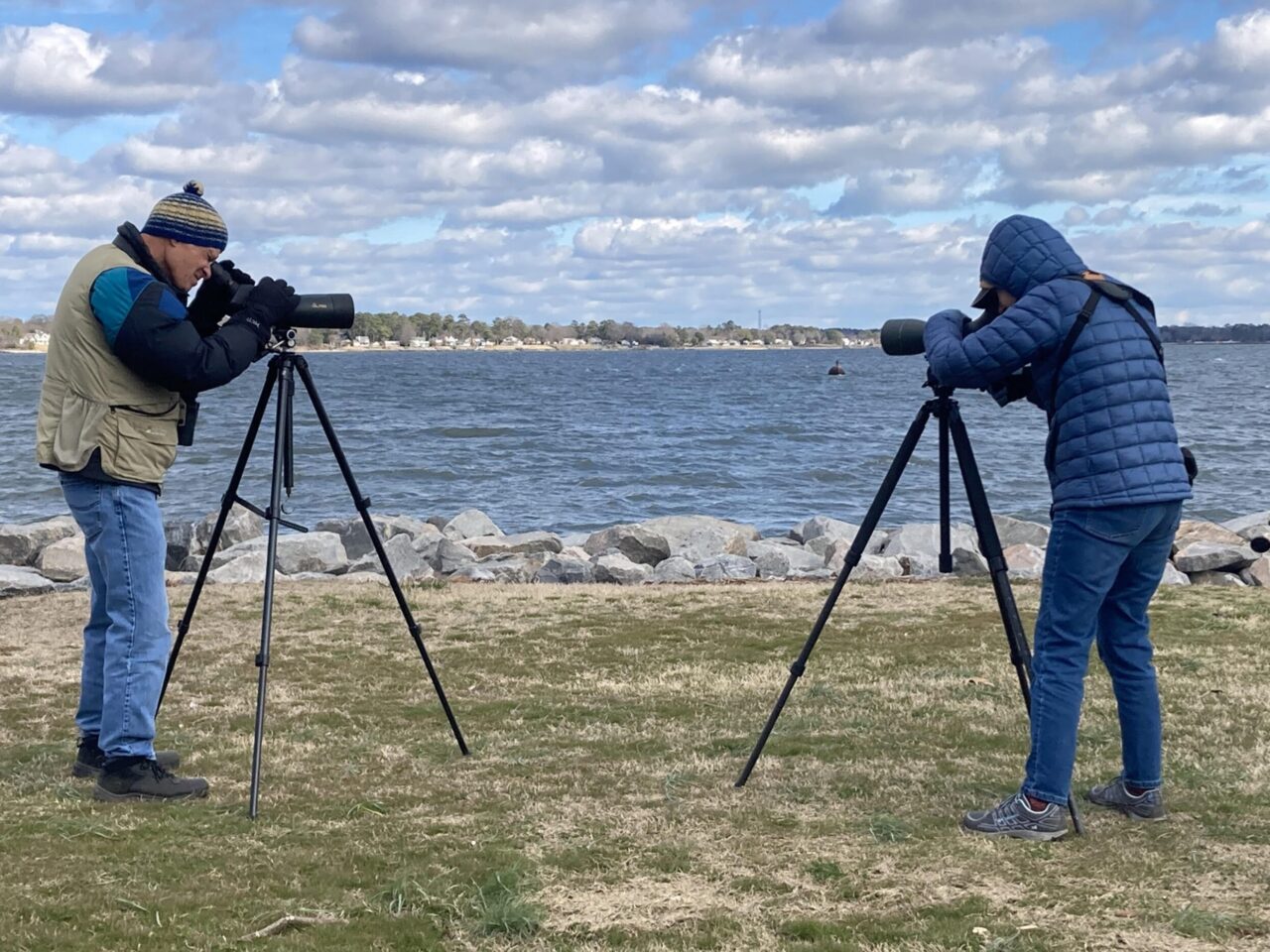
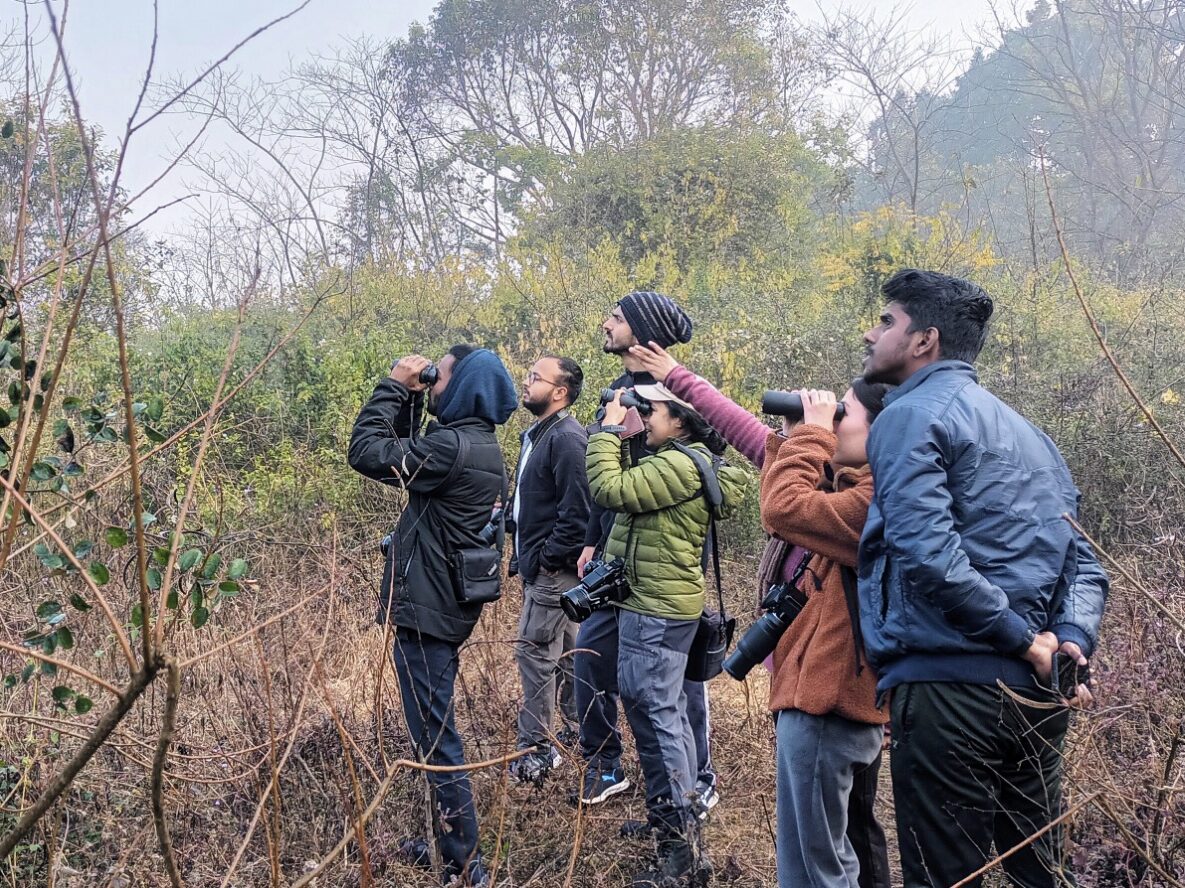


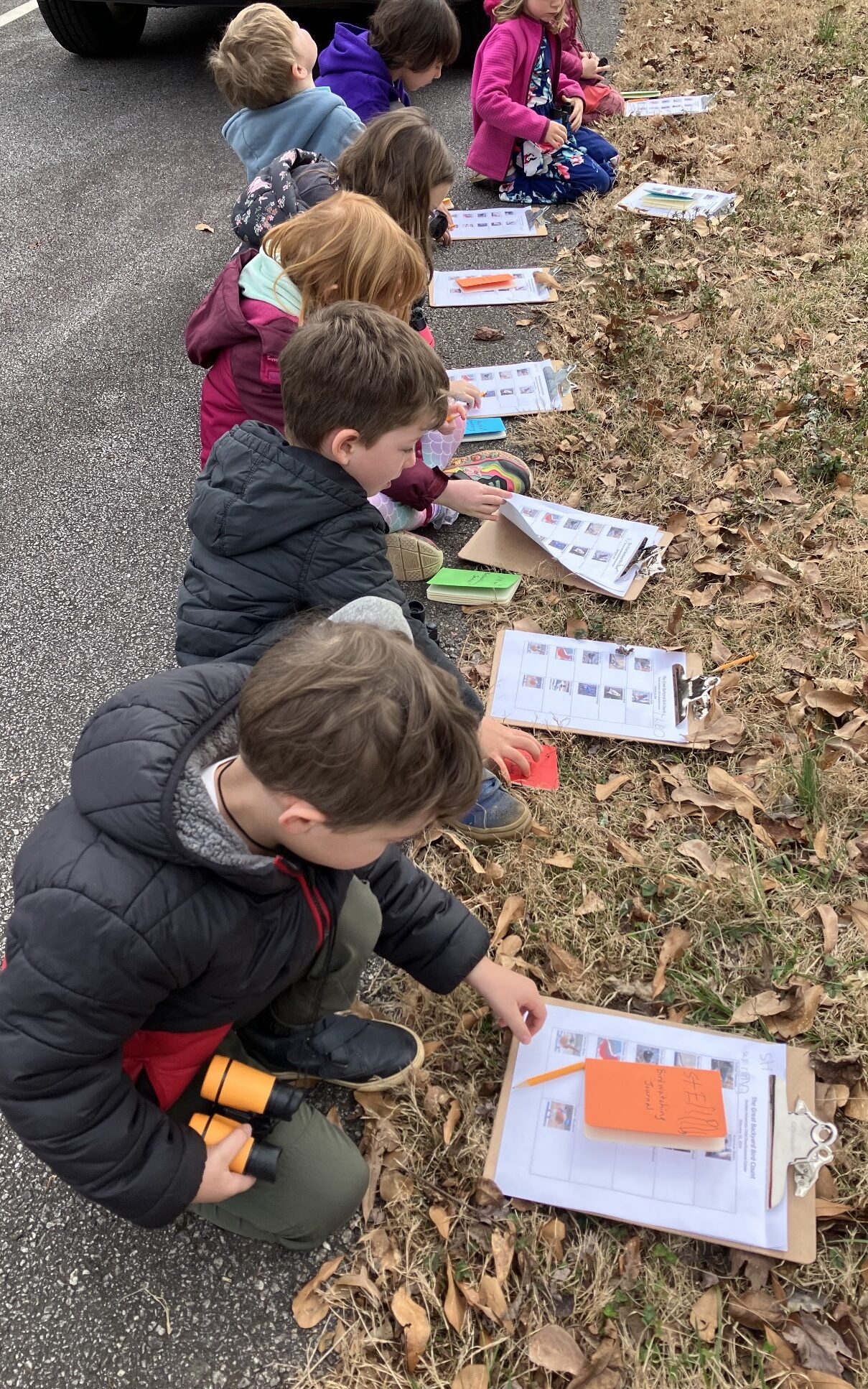

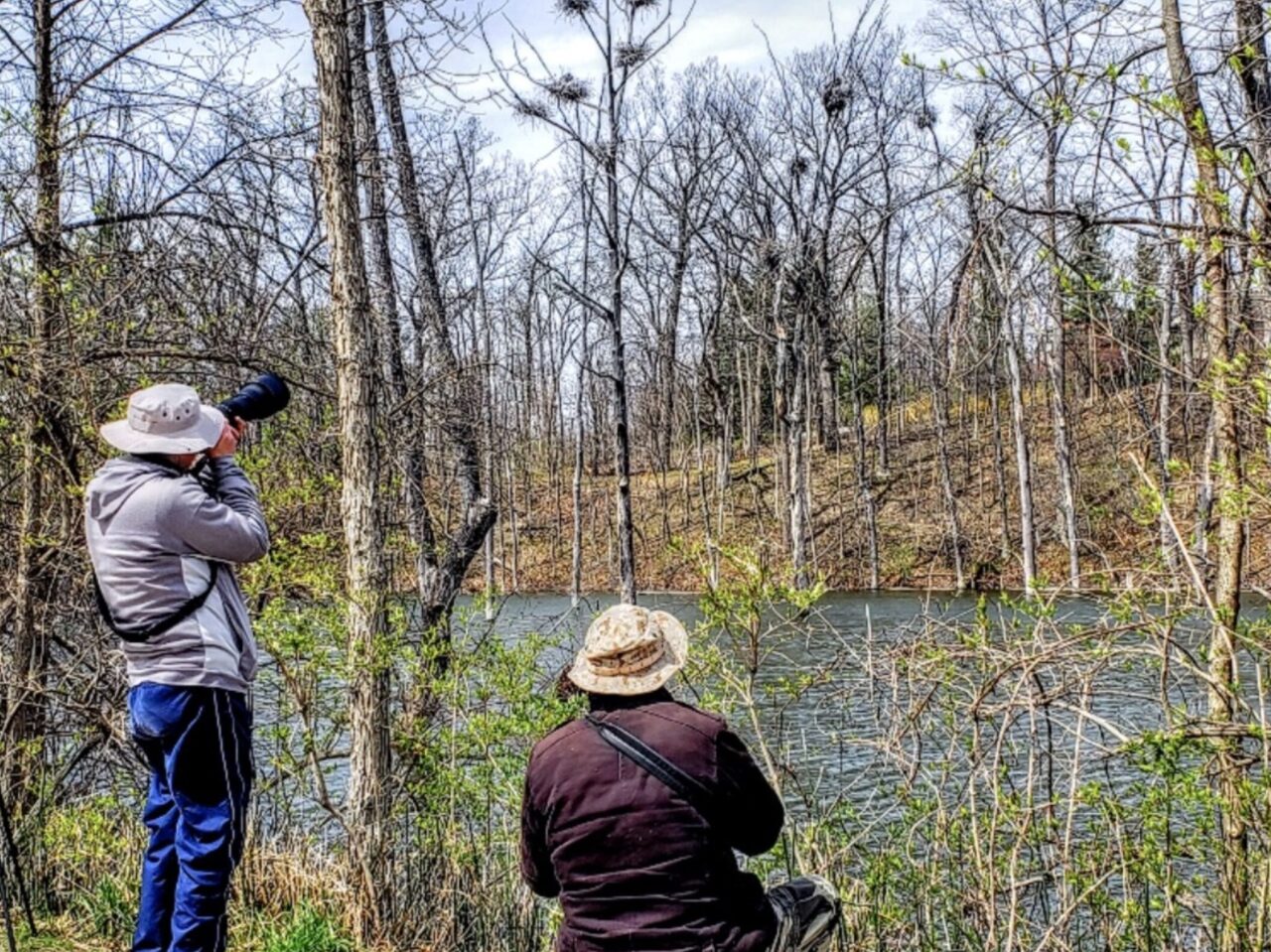

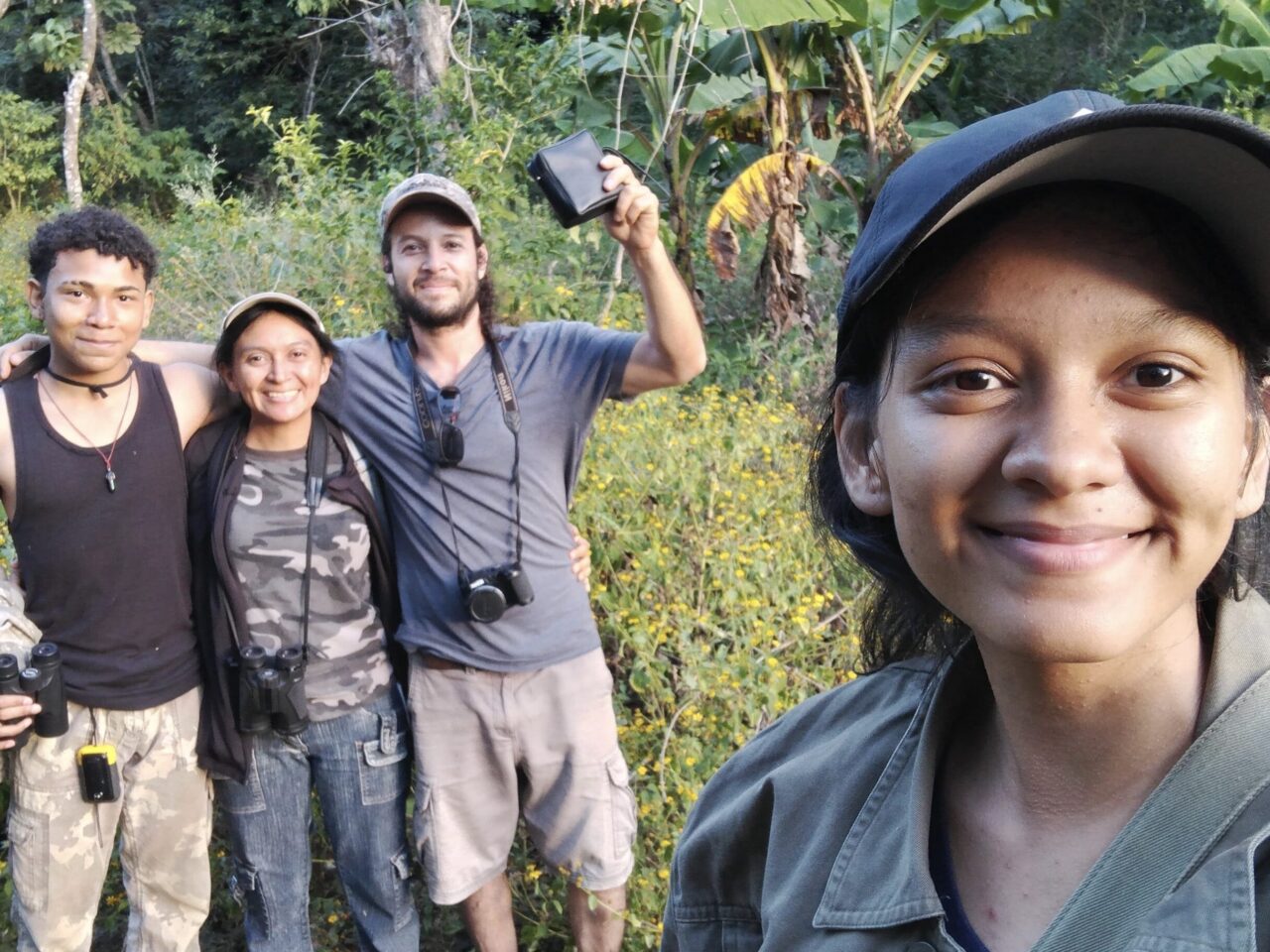


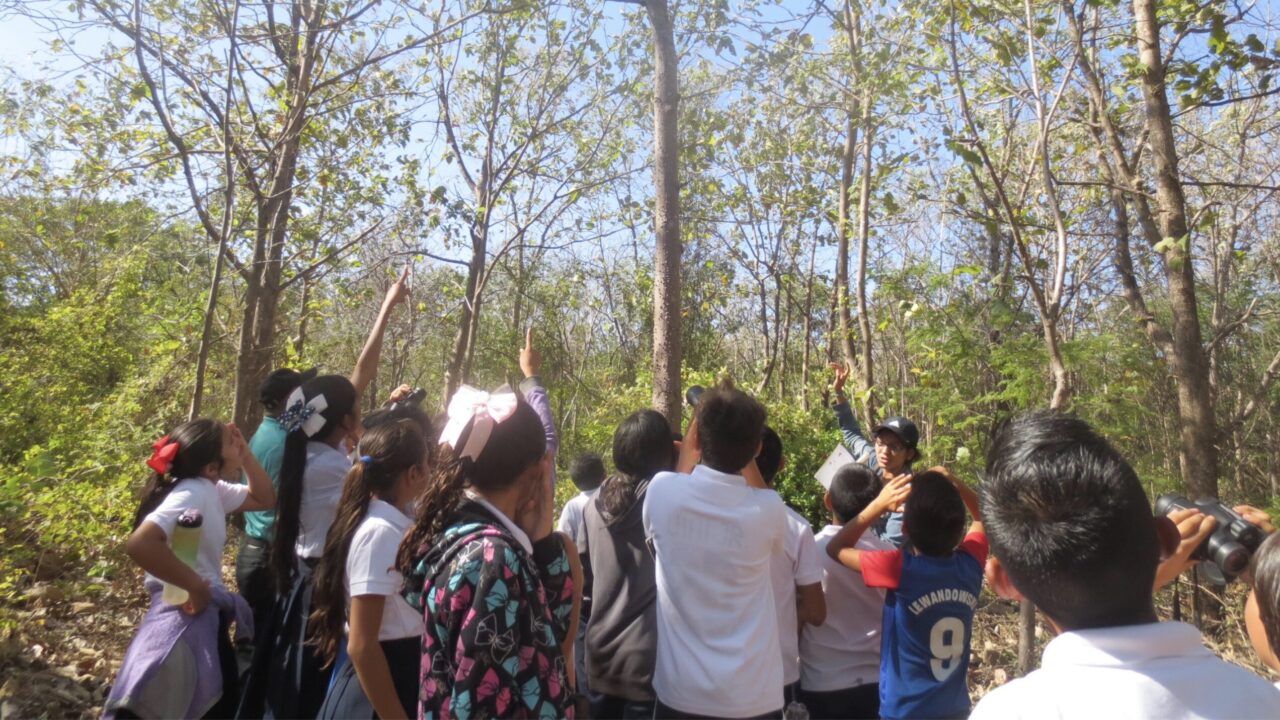

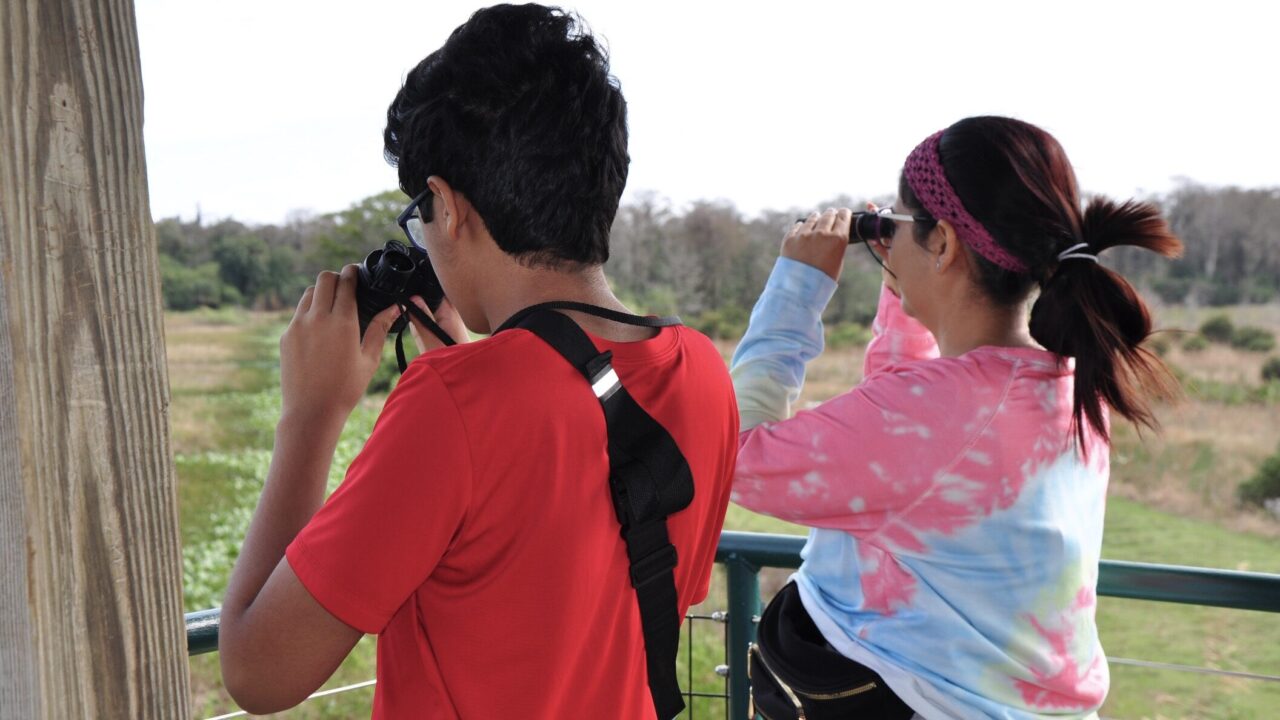
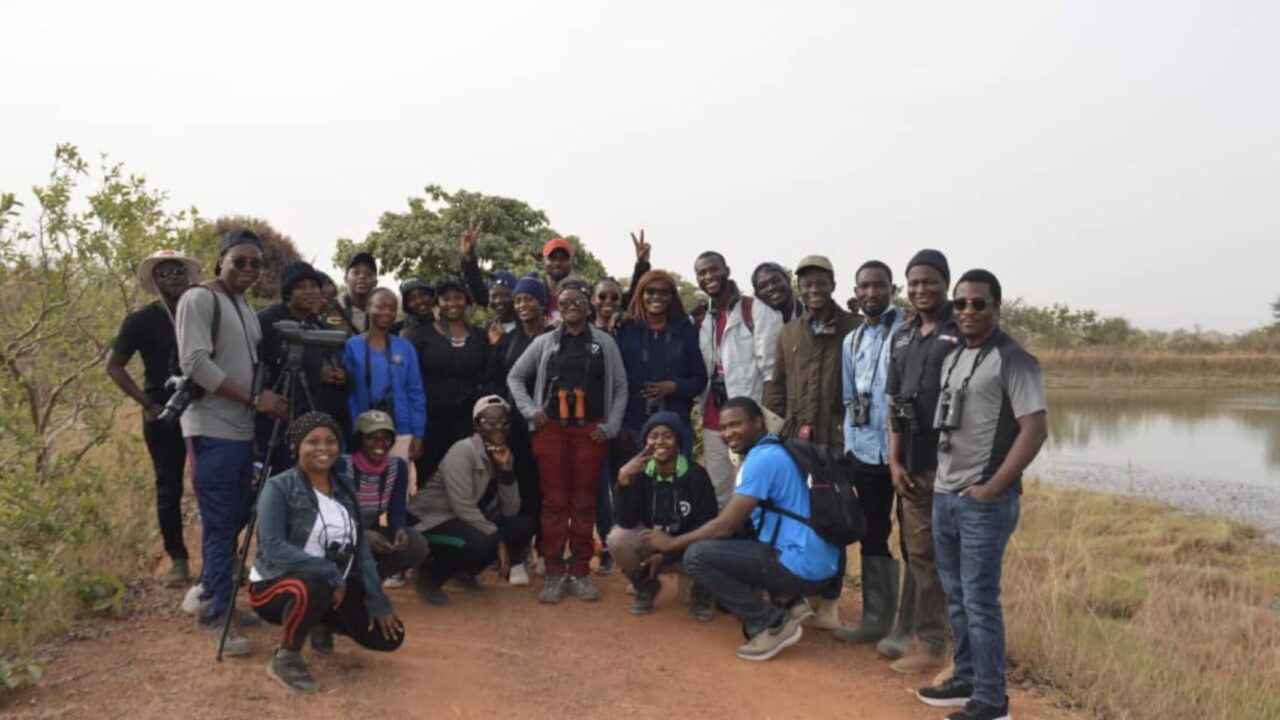
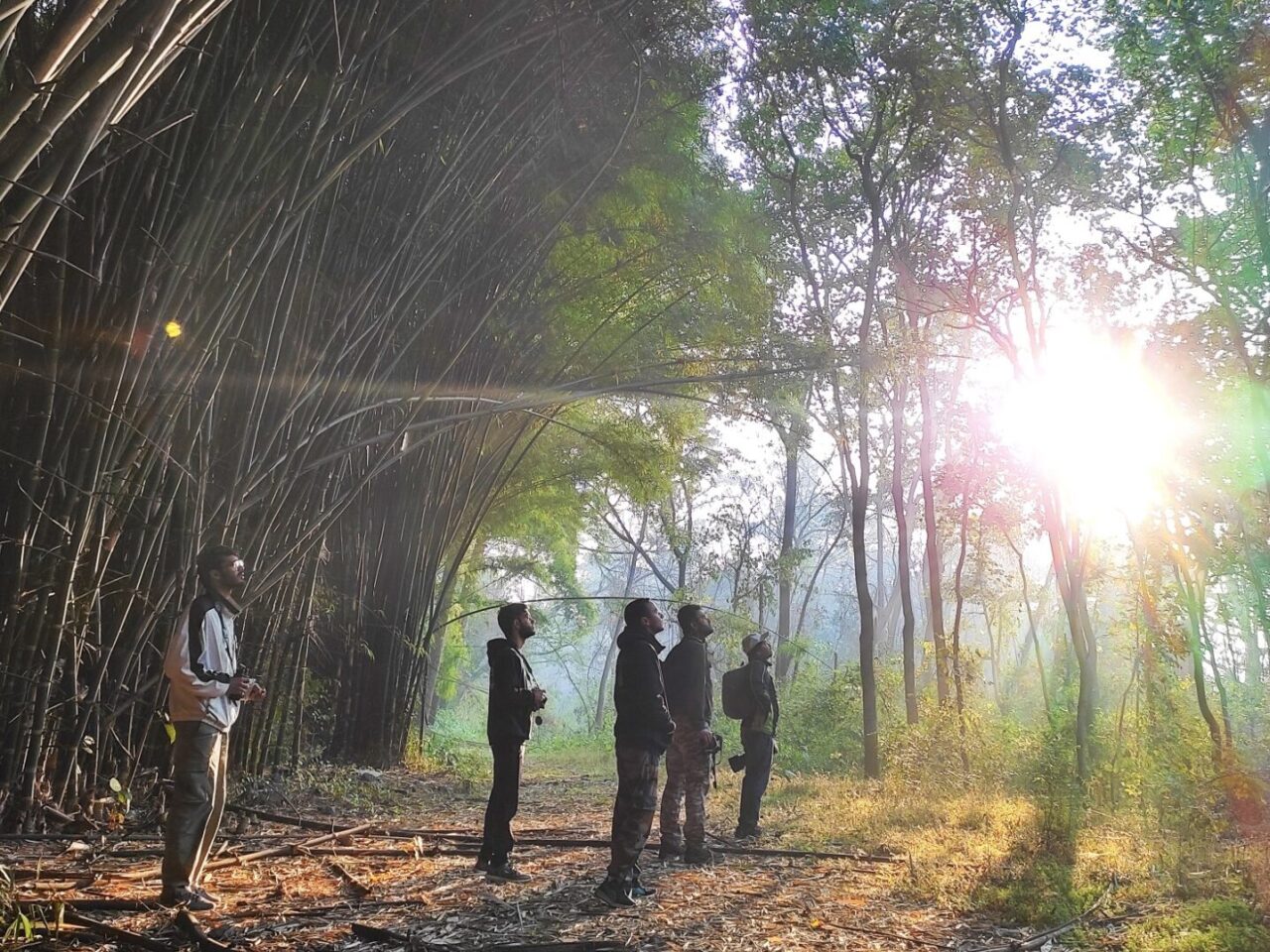
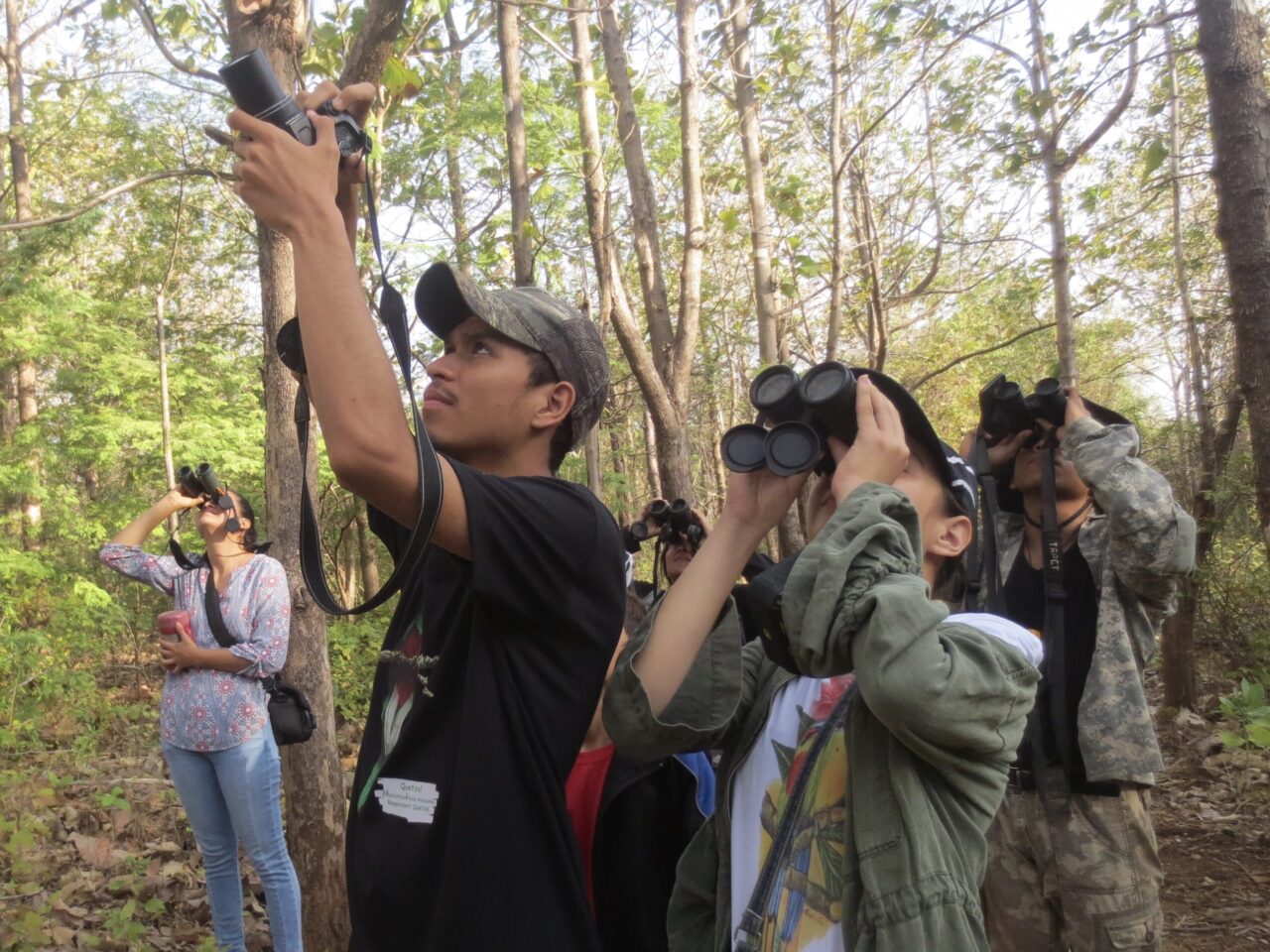
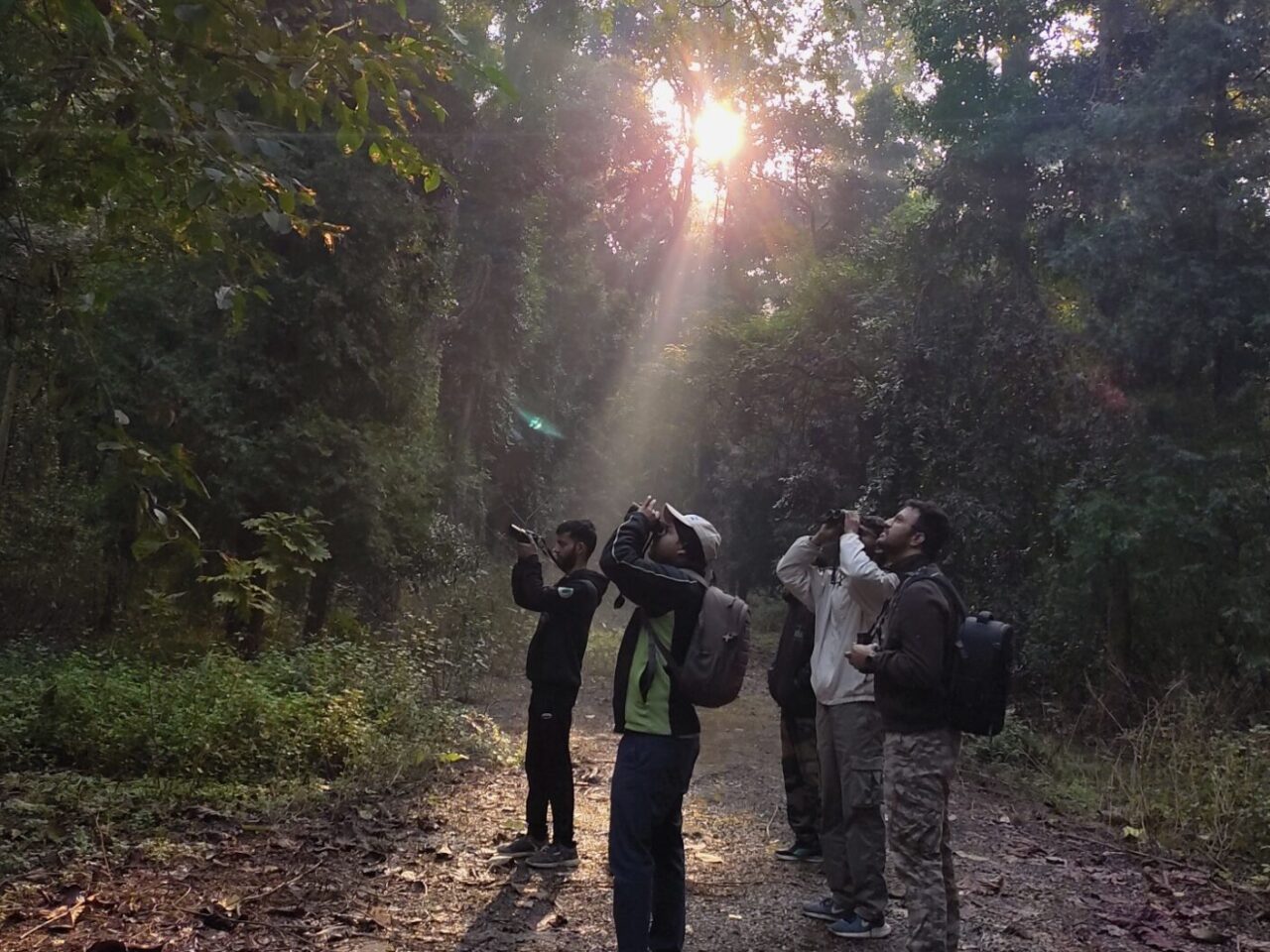



Next GBBC is February 14–17, 2025
Thank you for sharing in another incredible year of birds!

